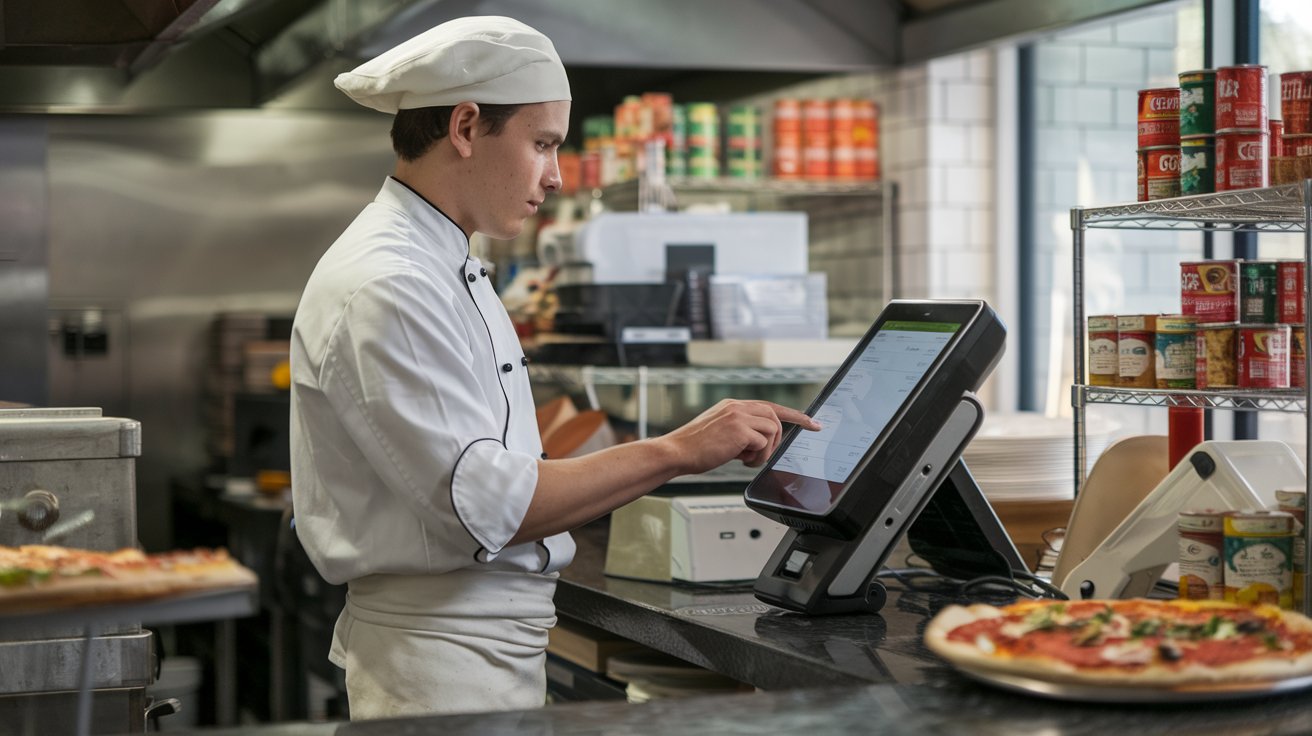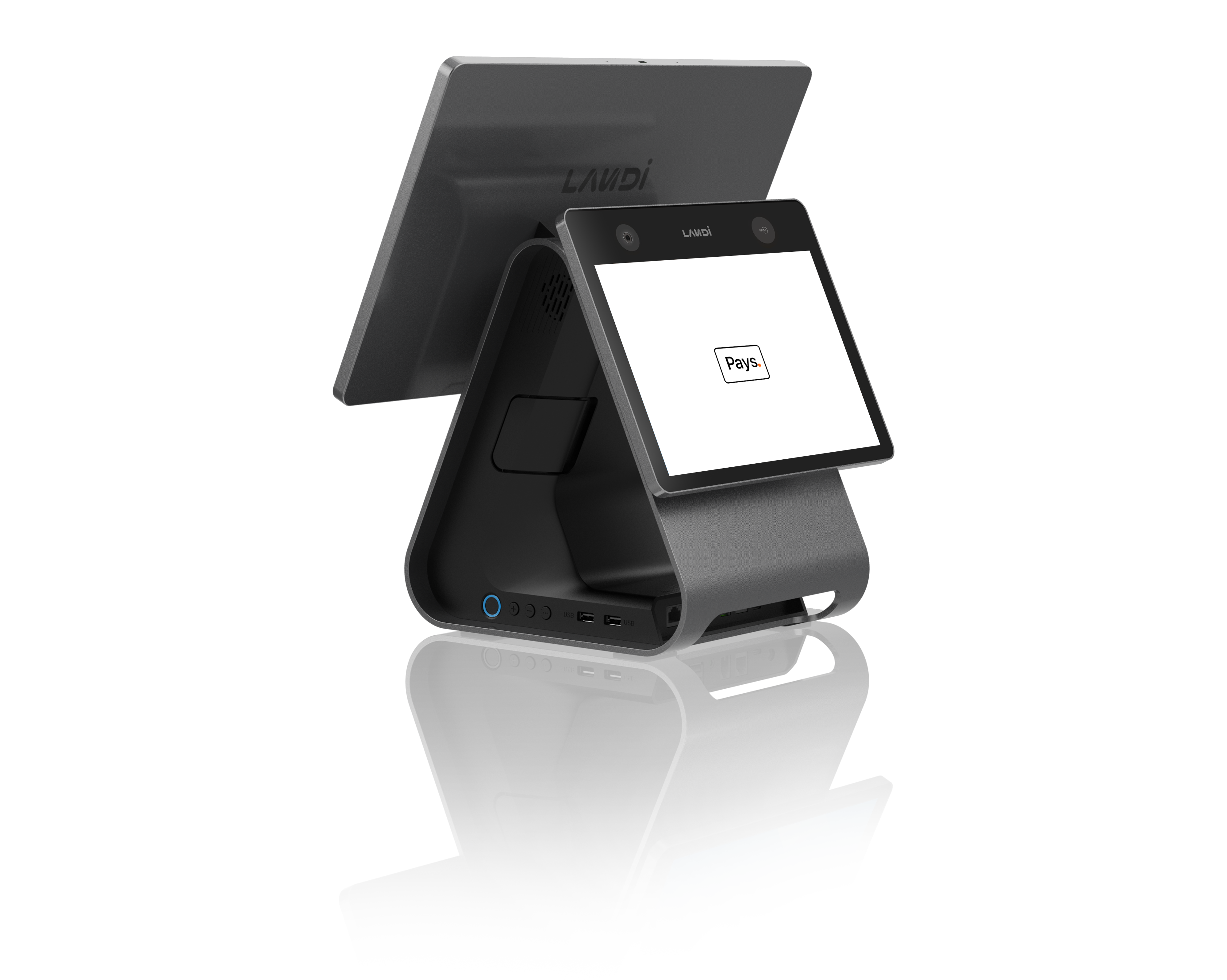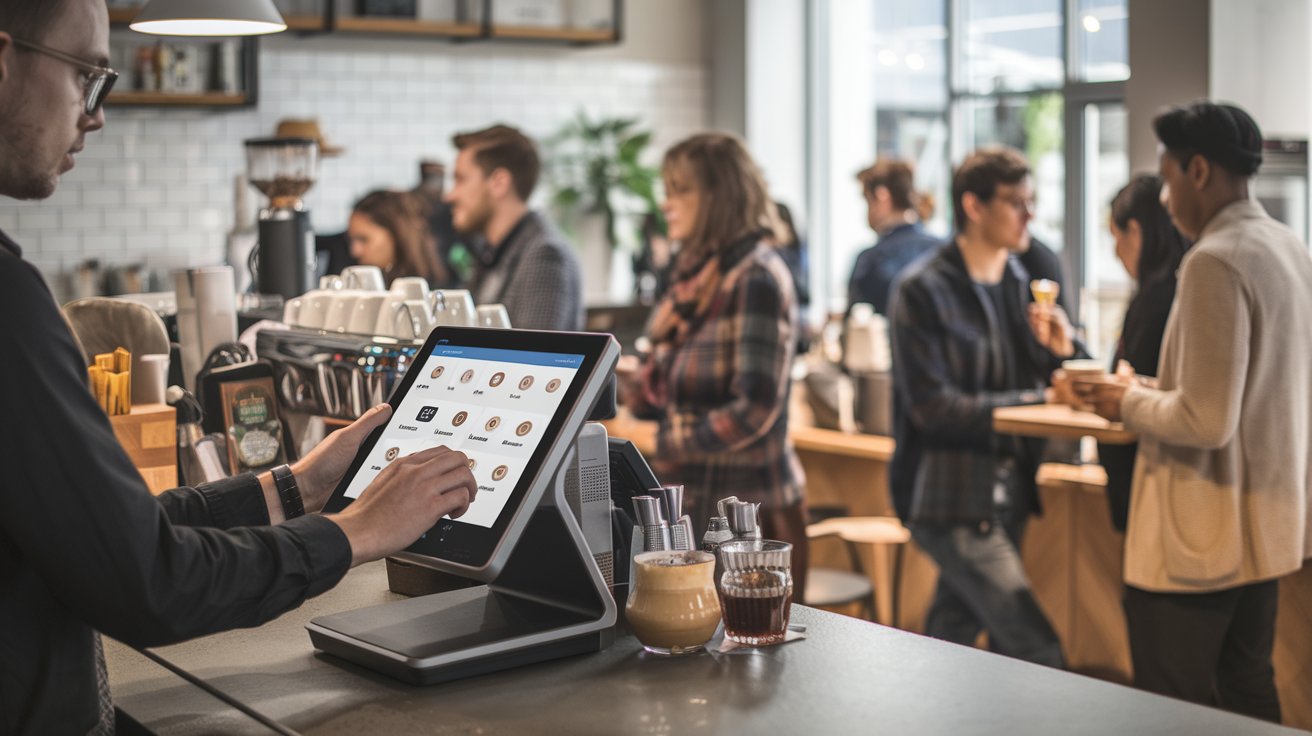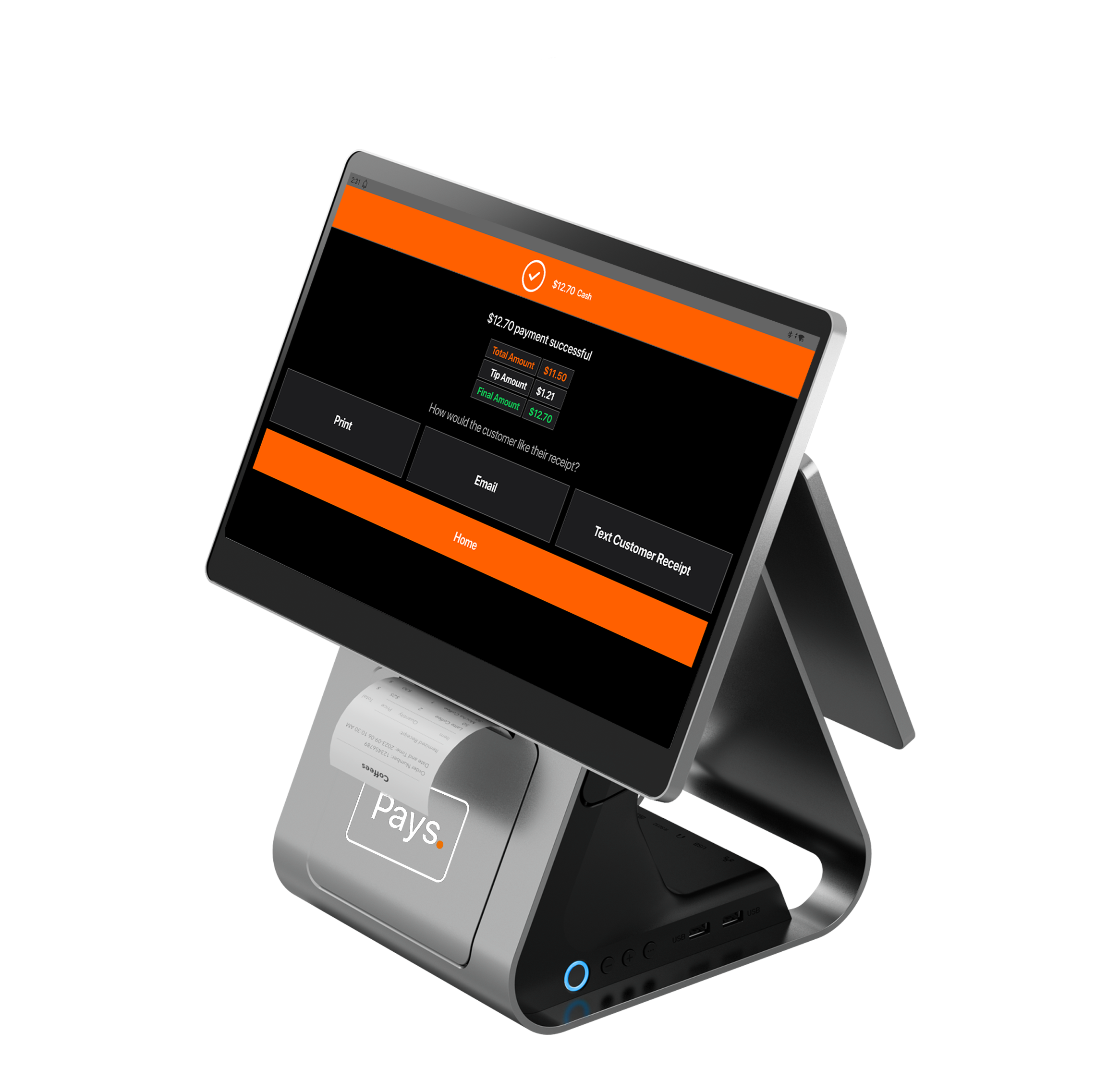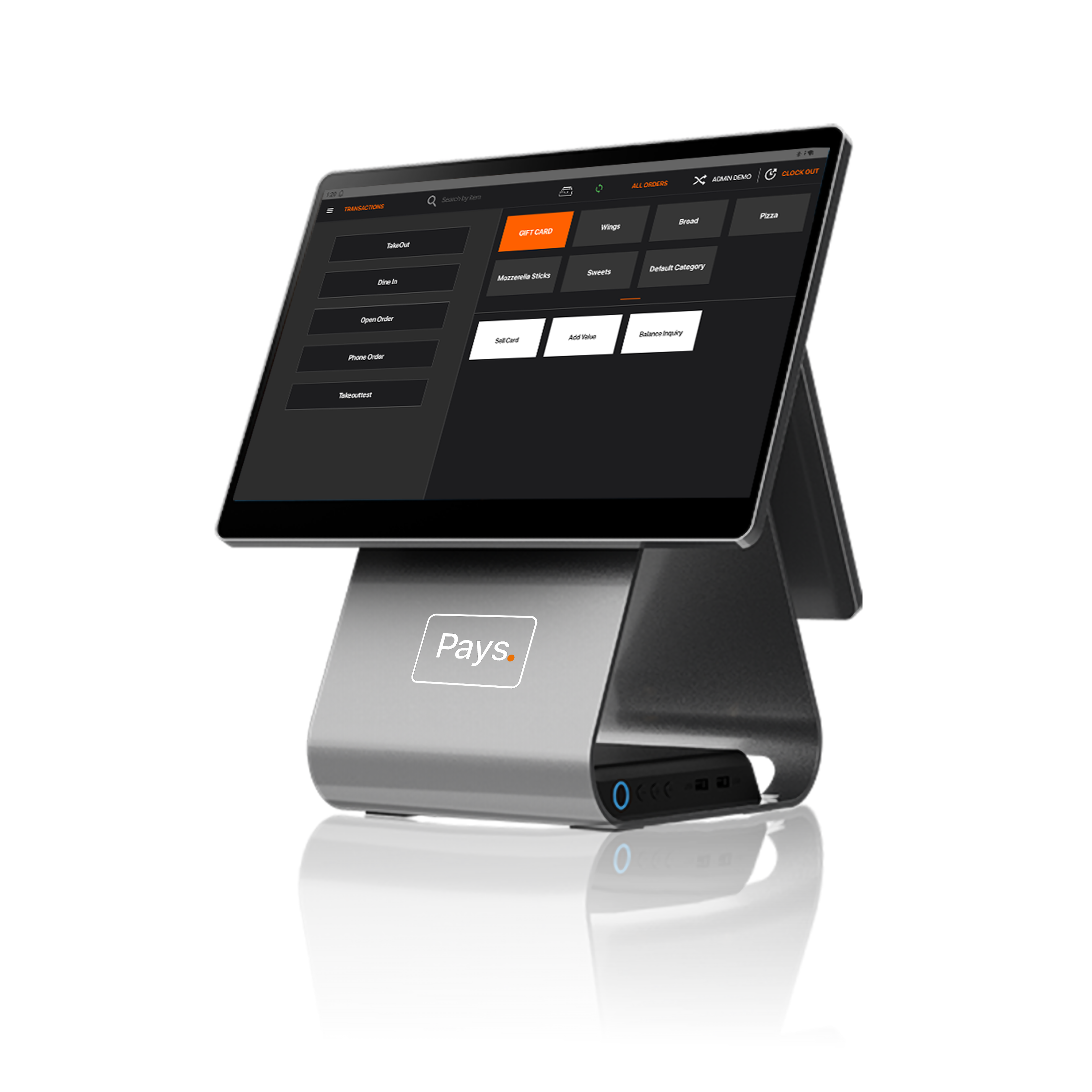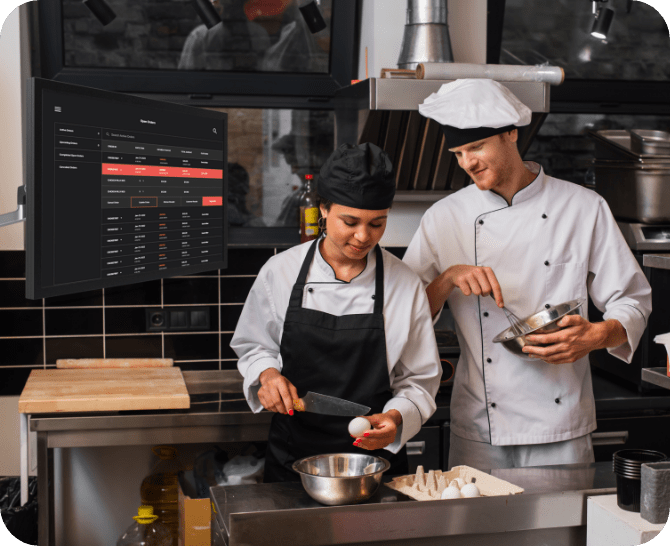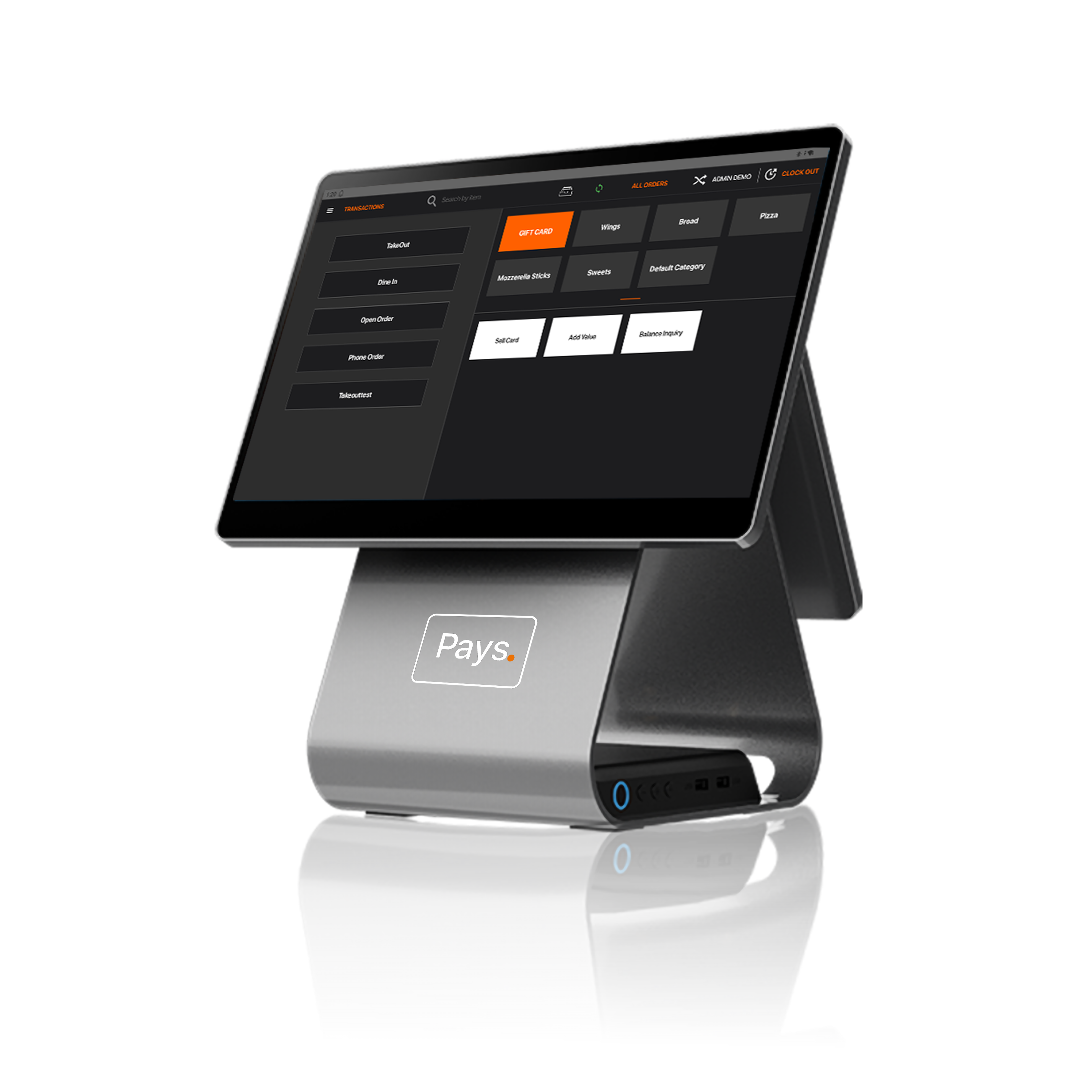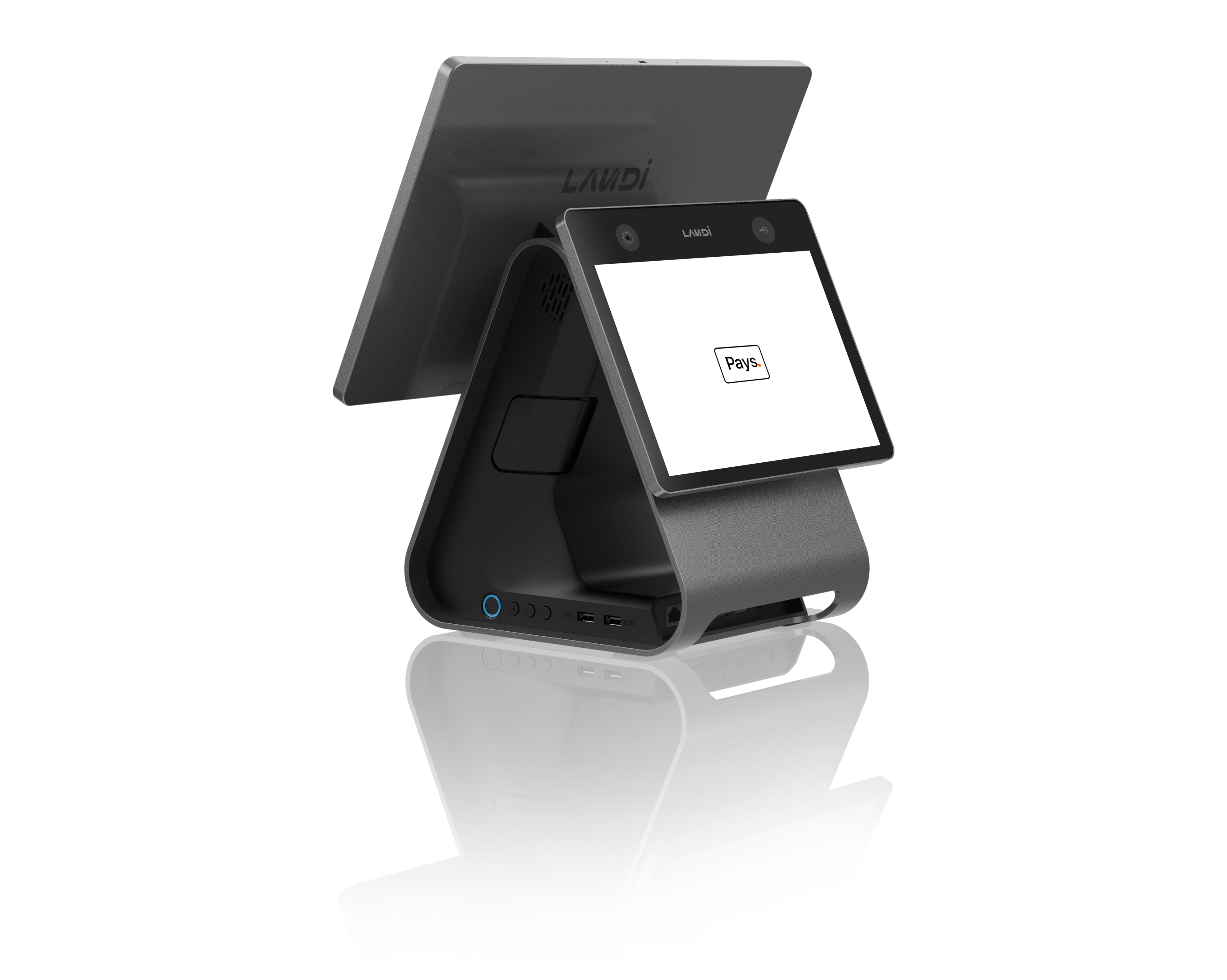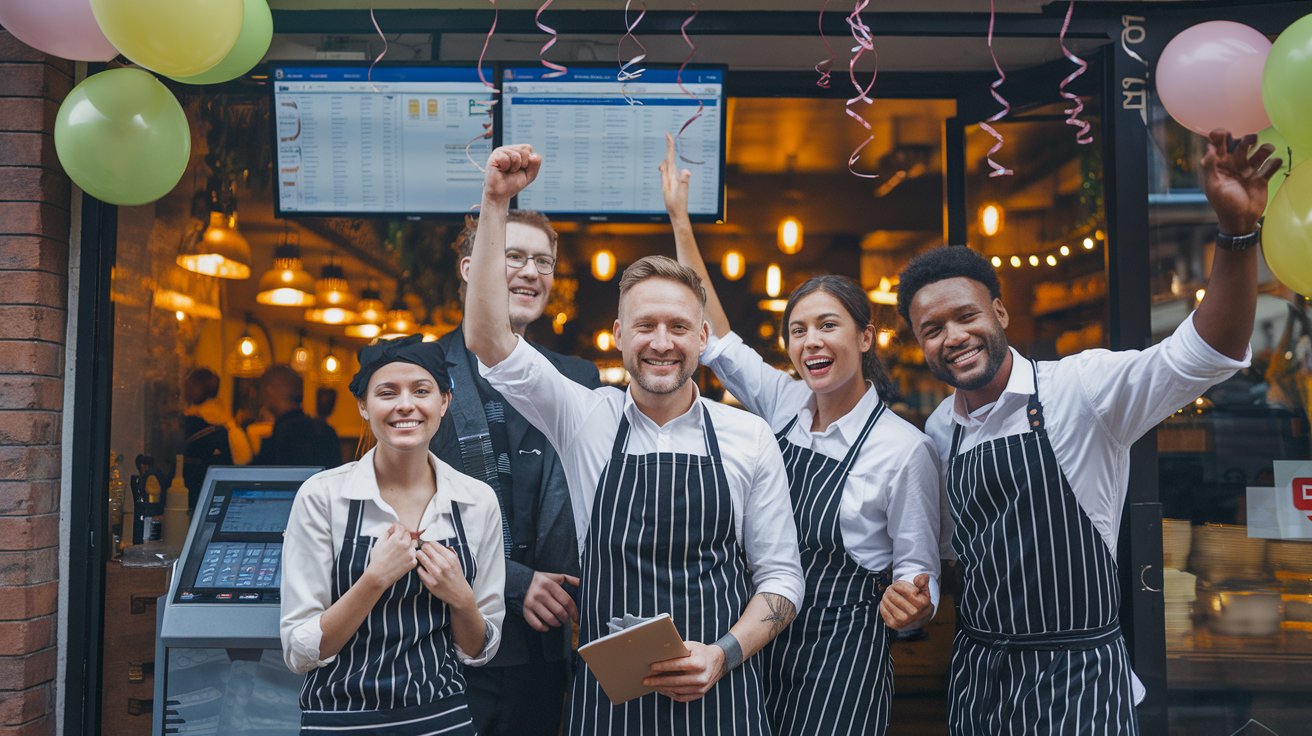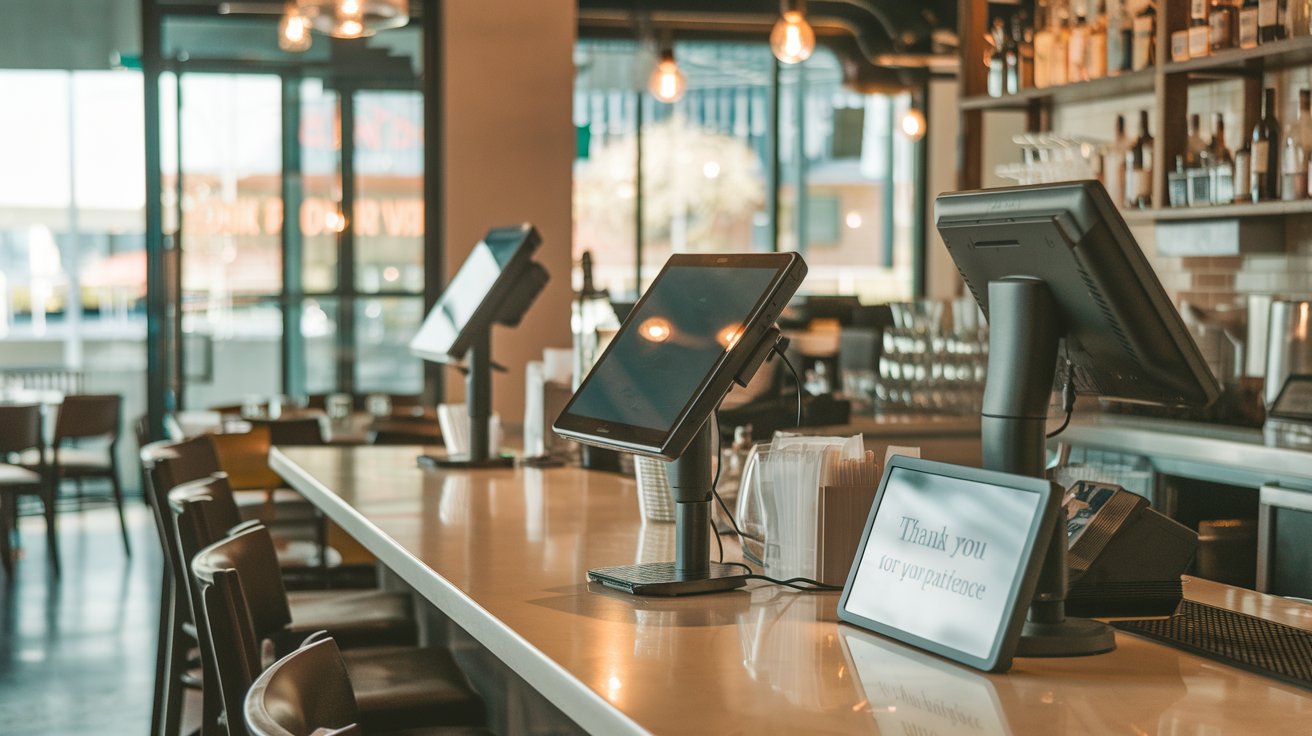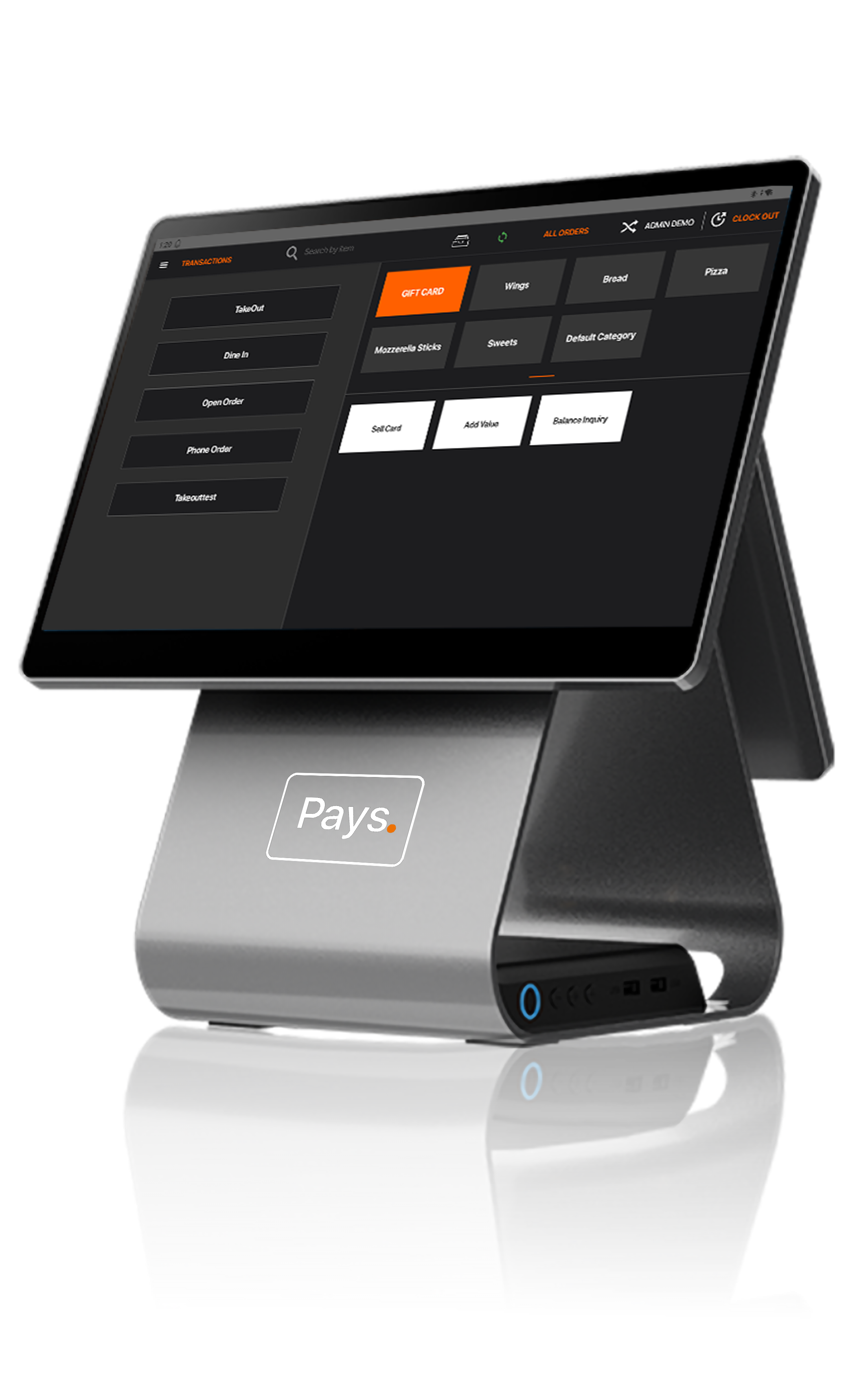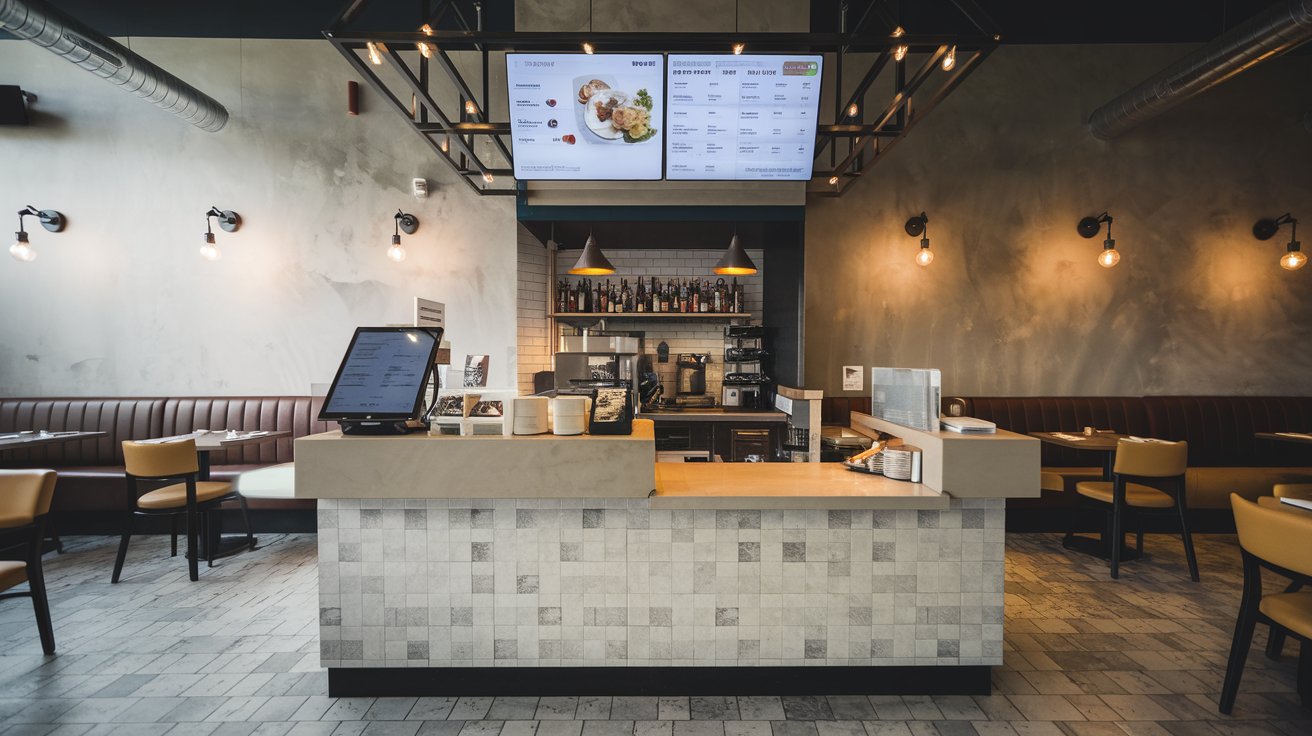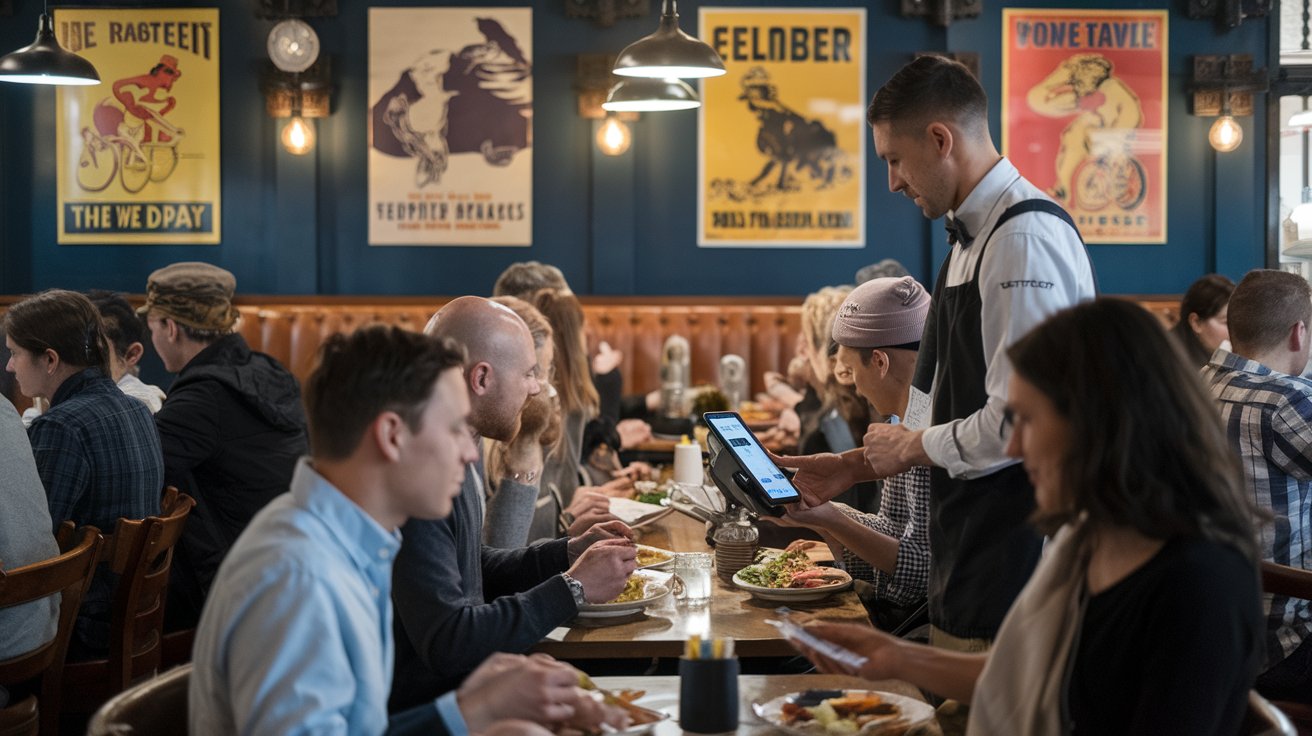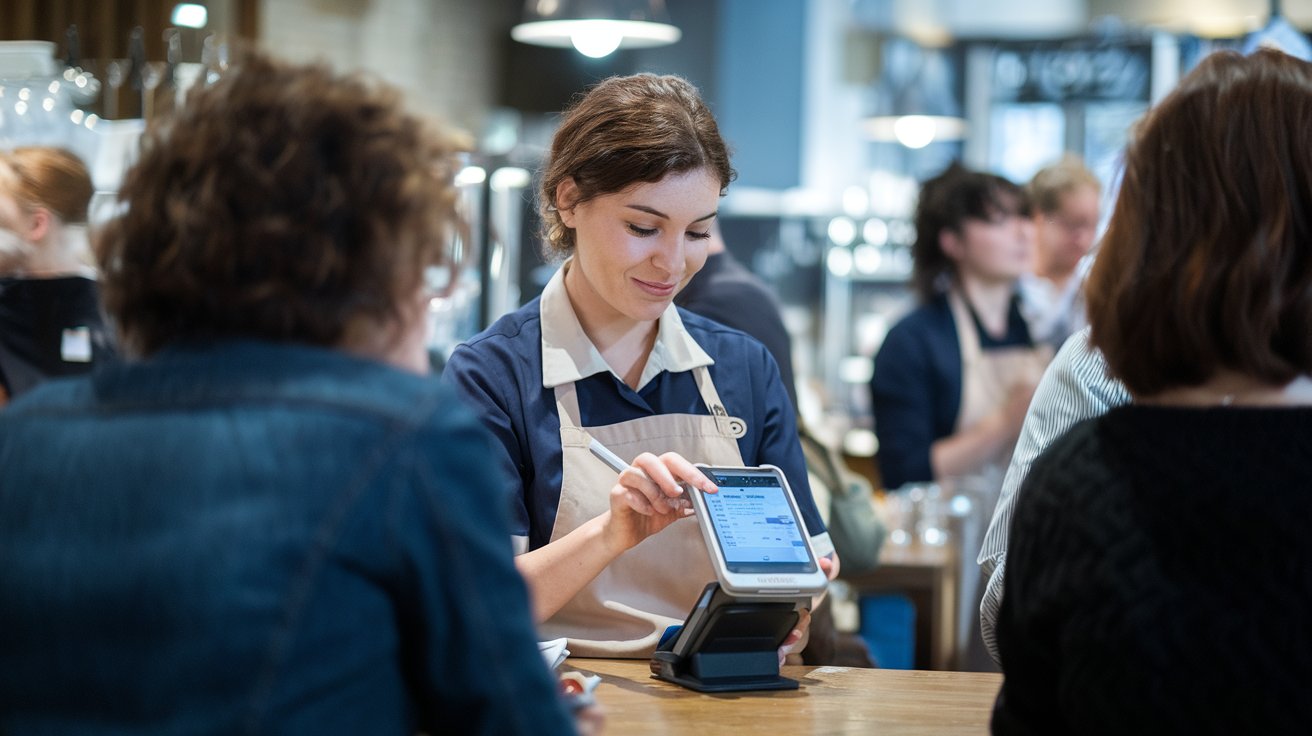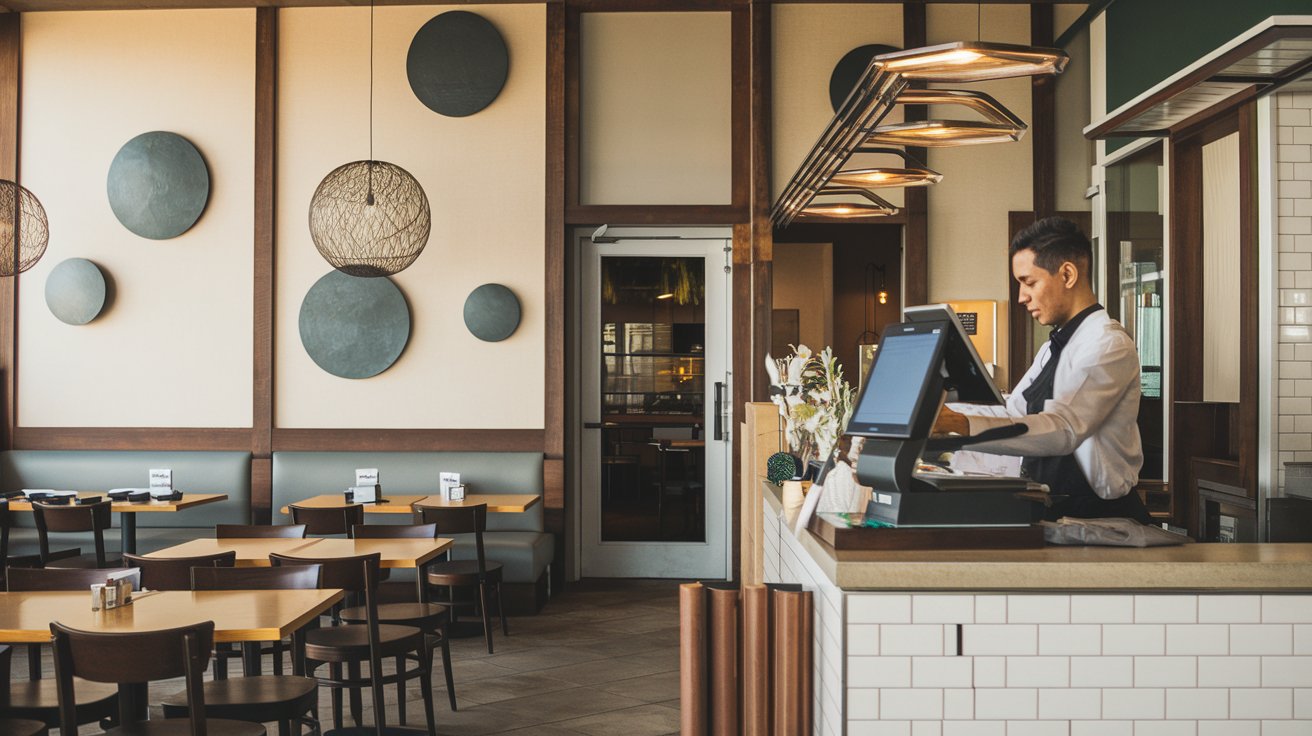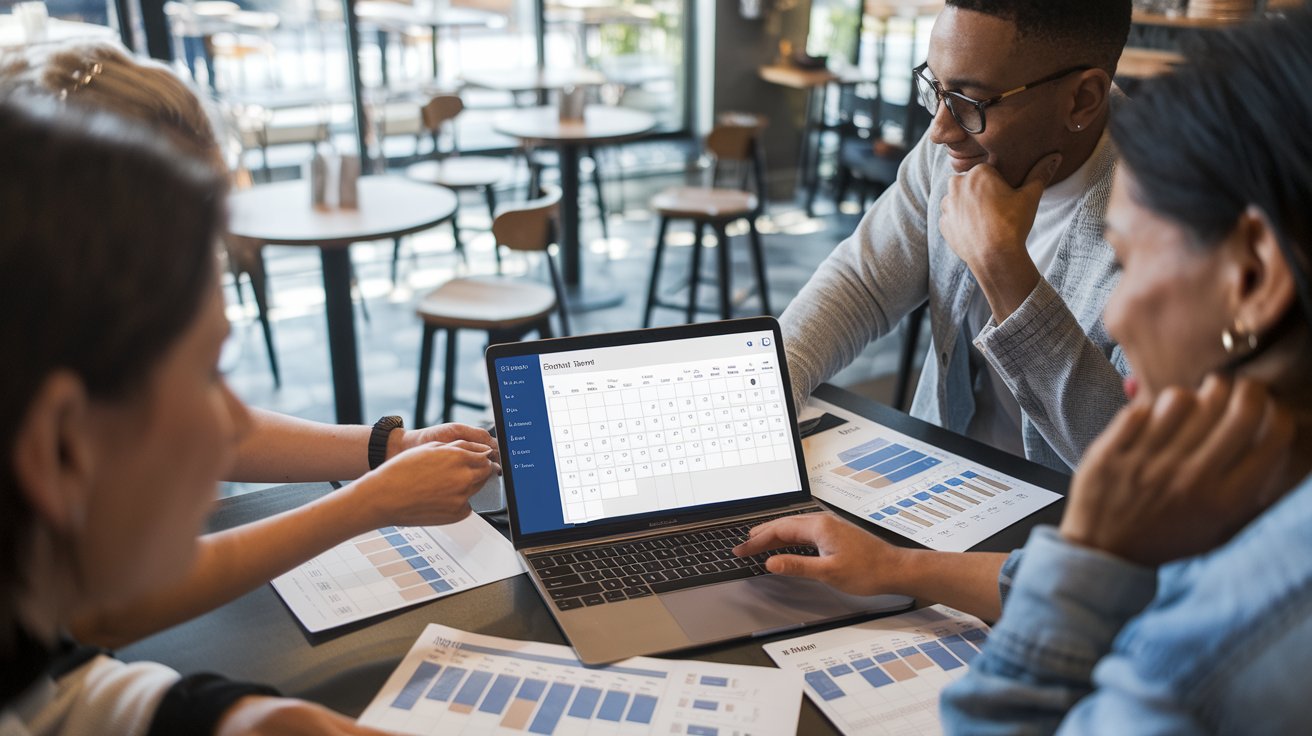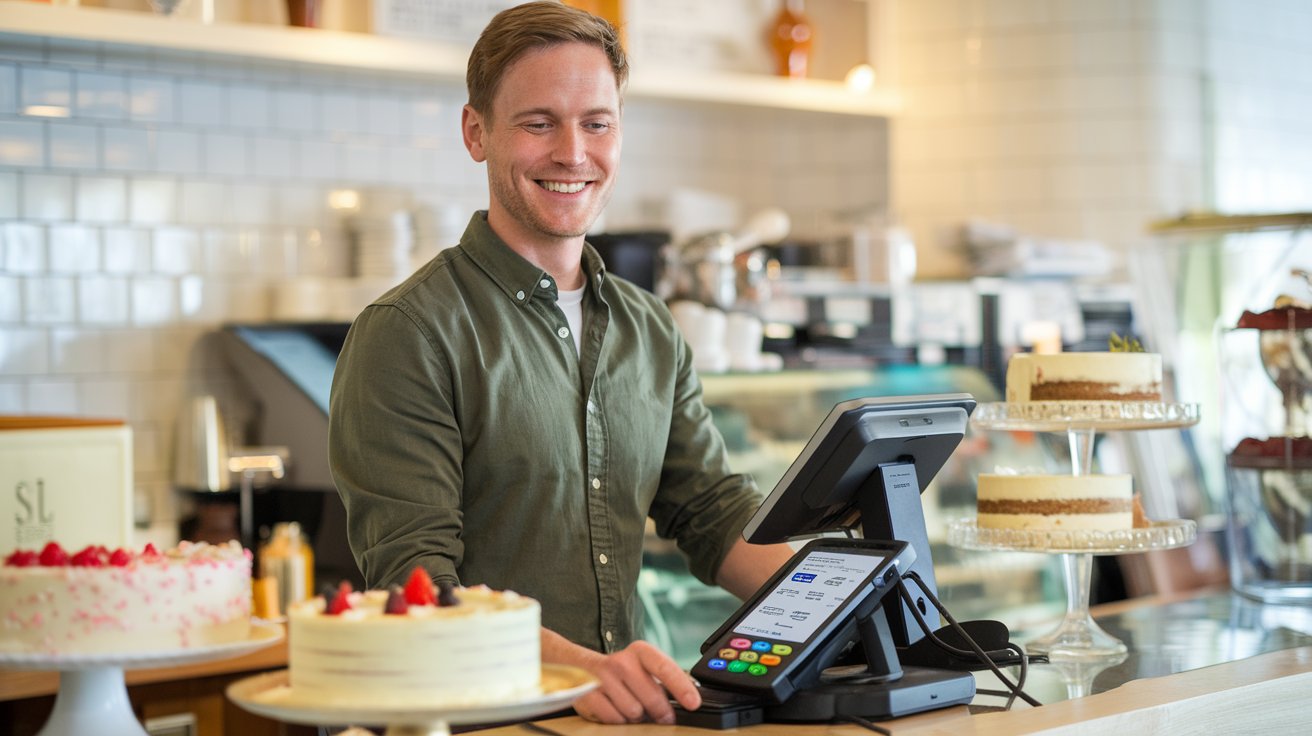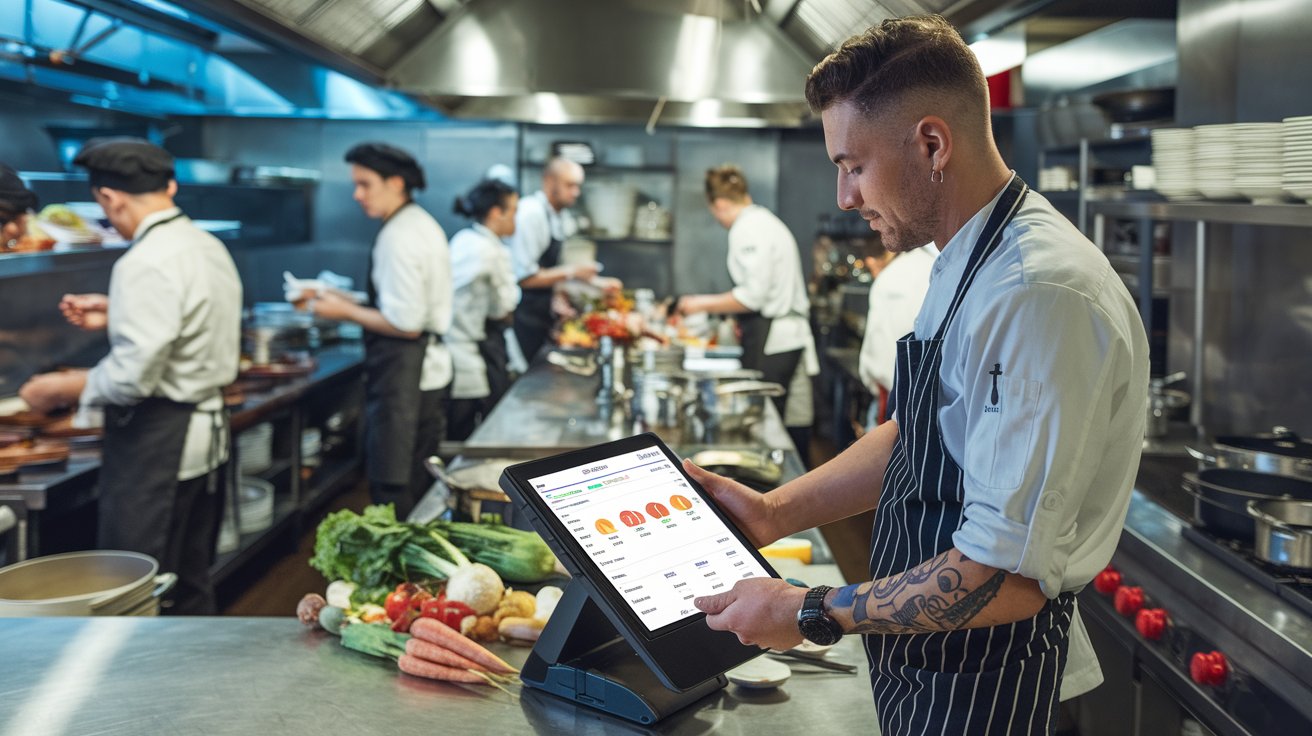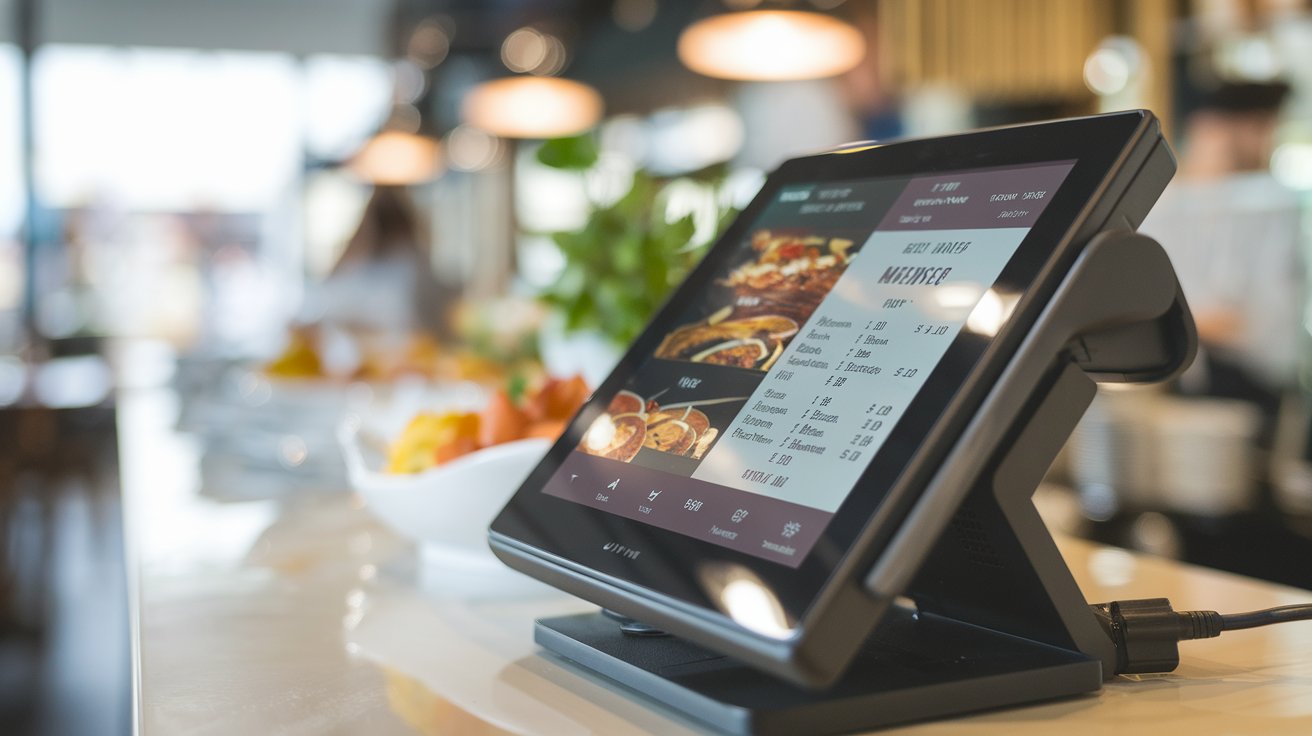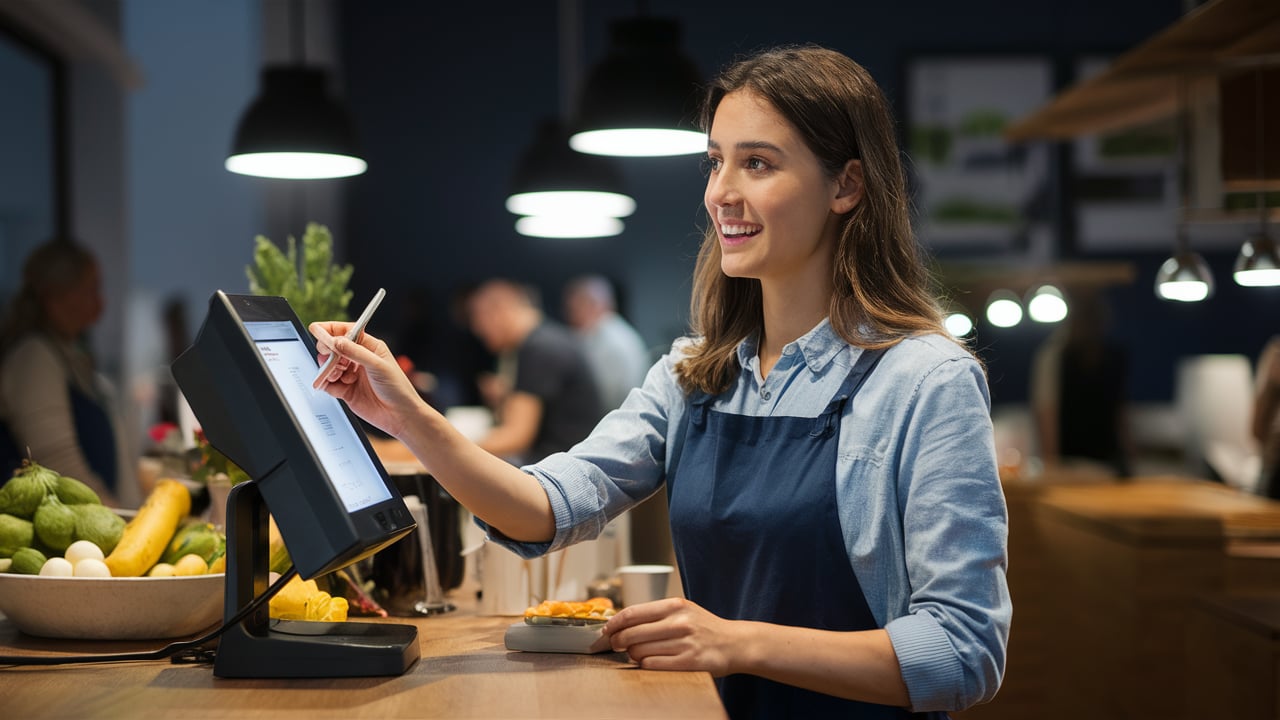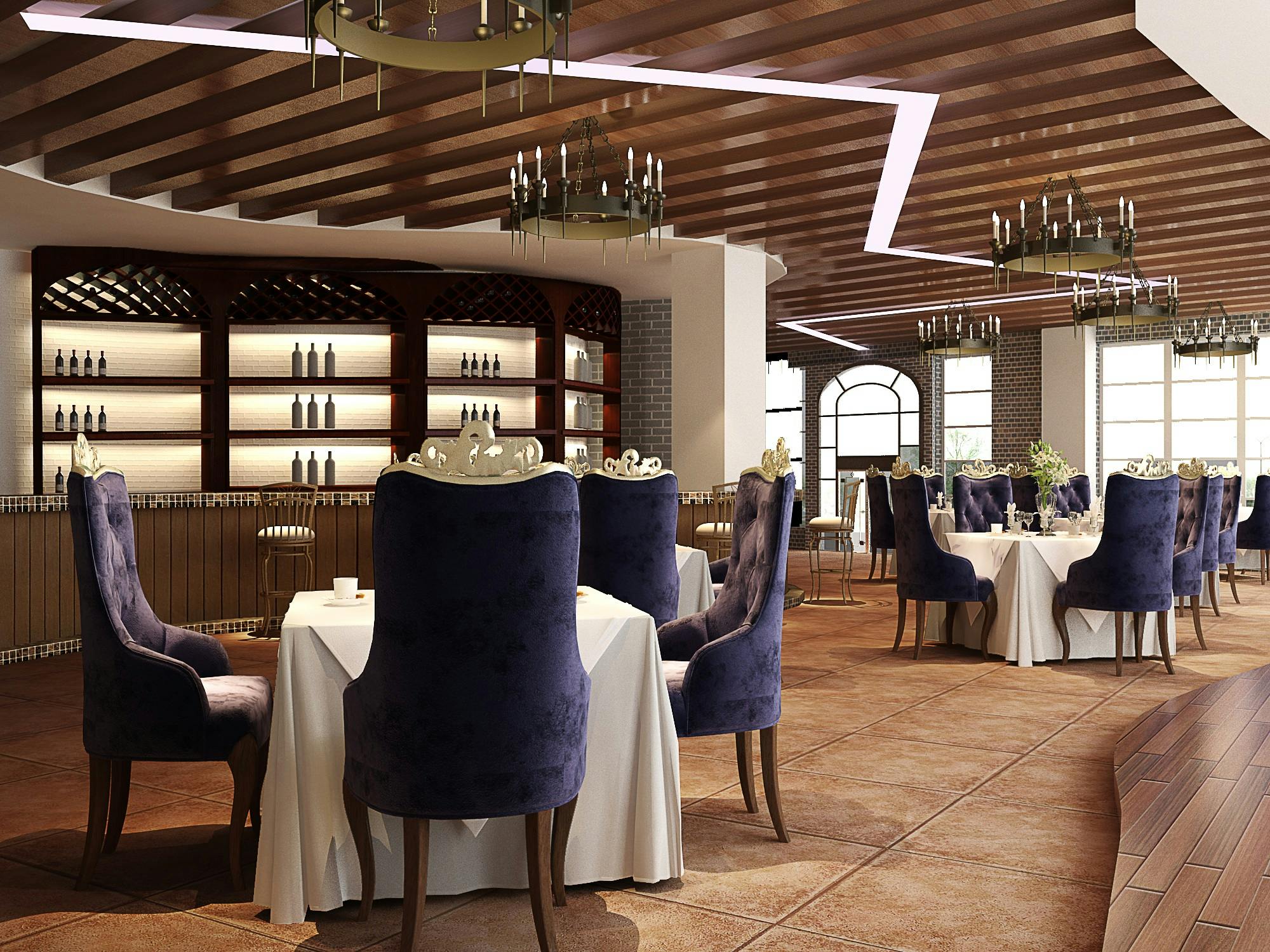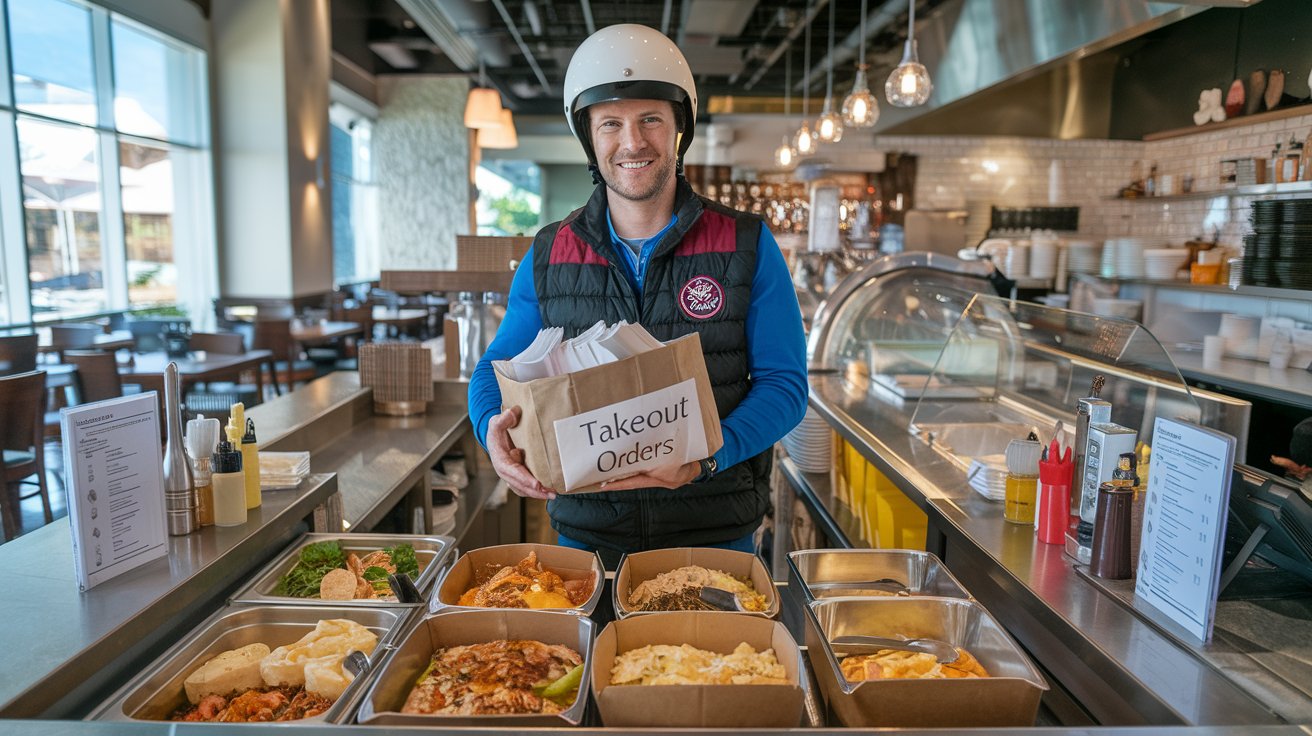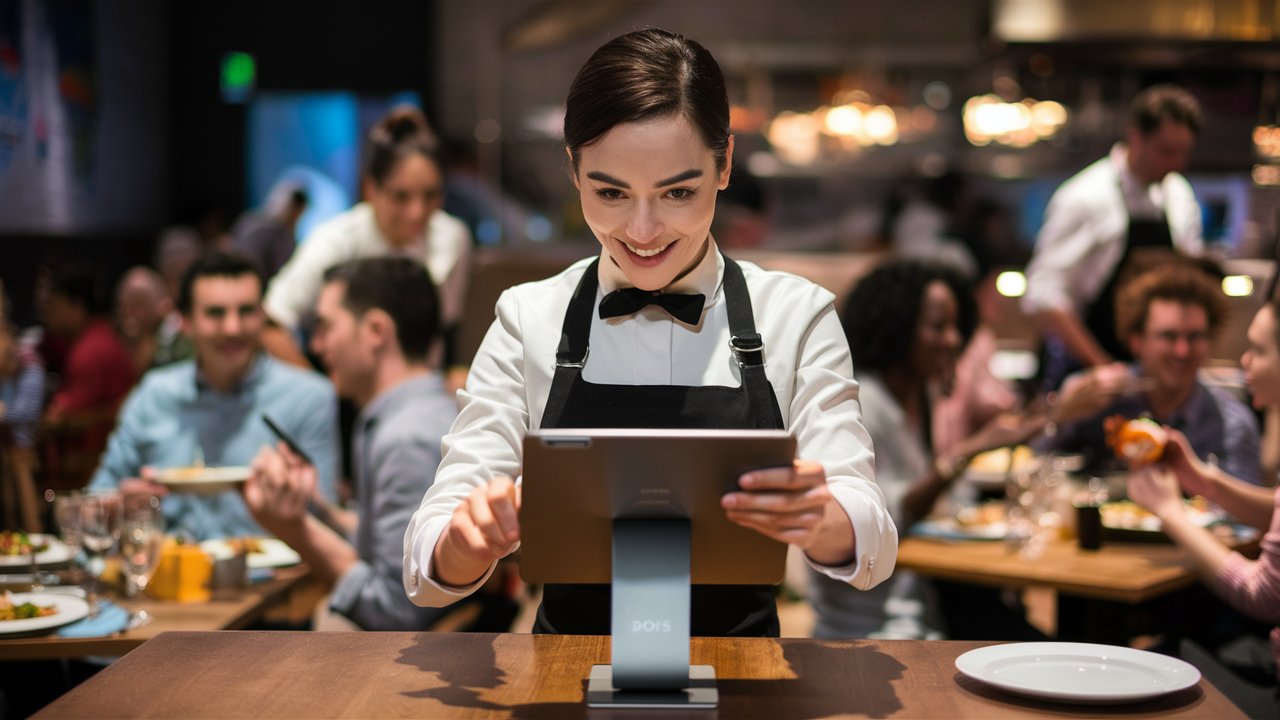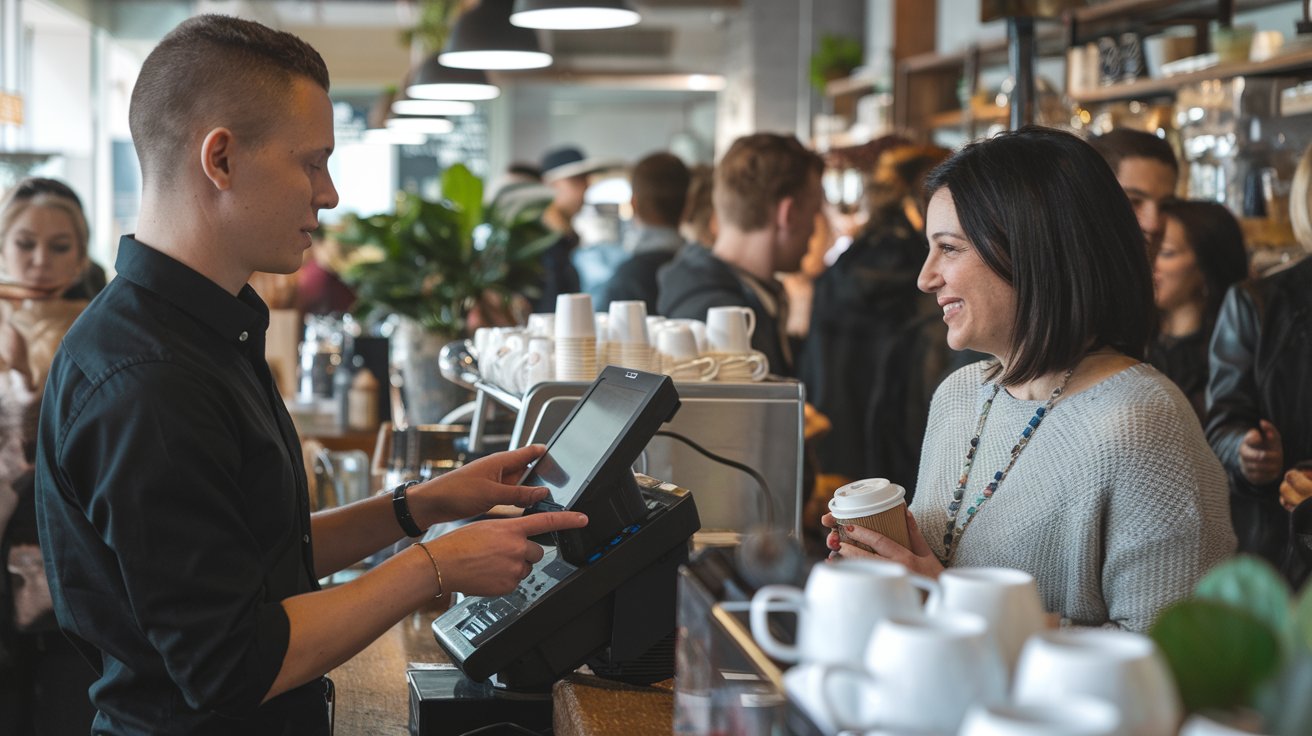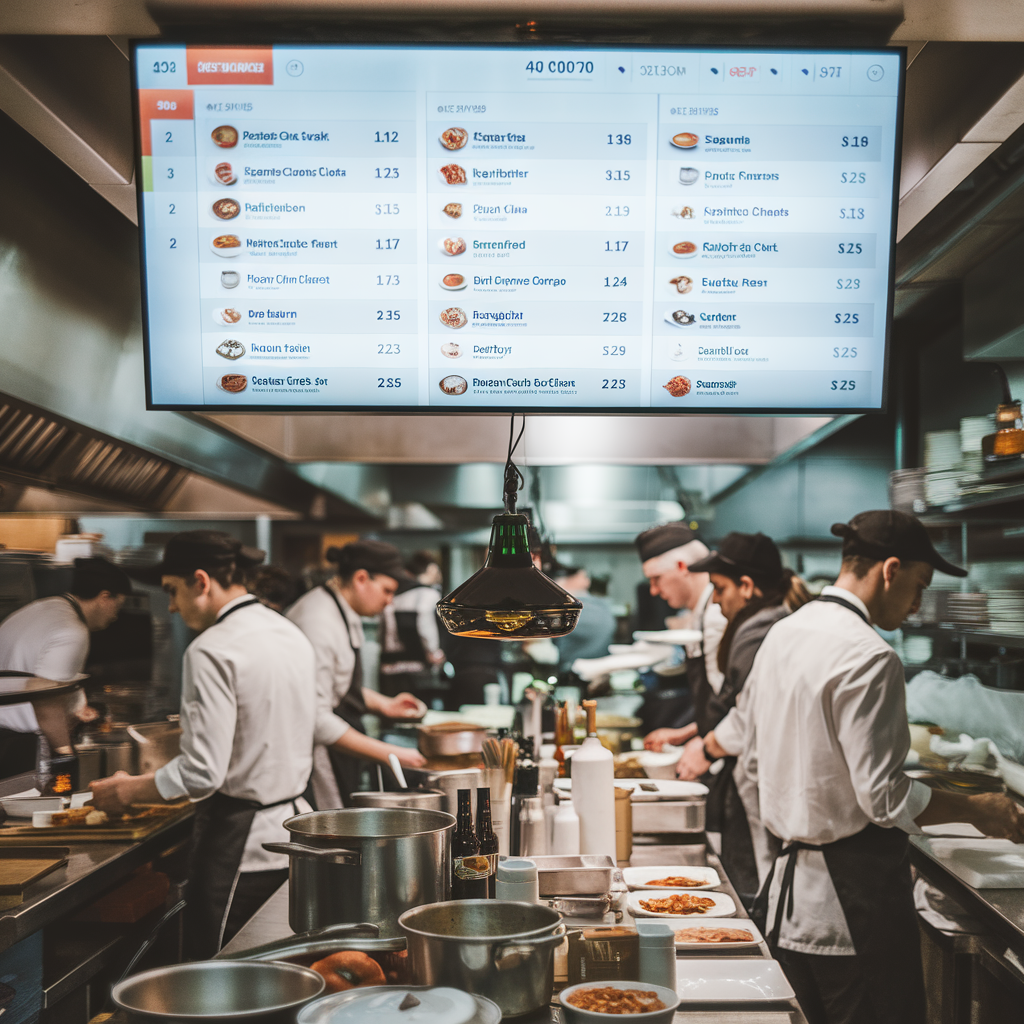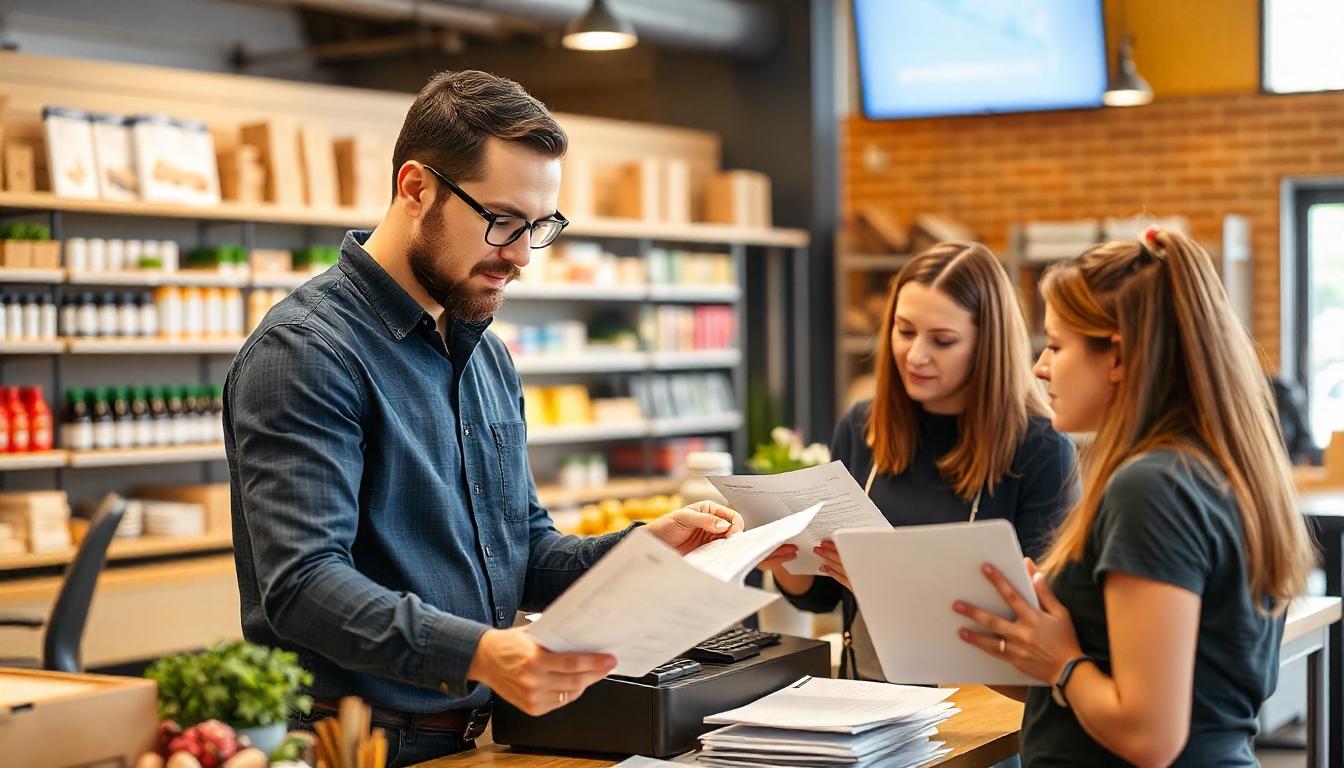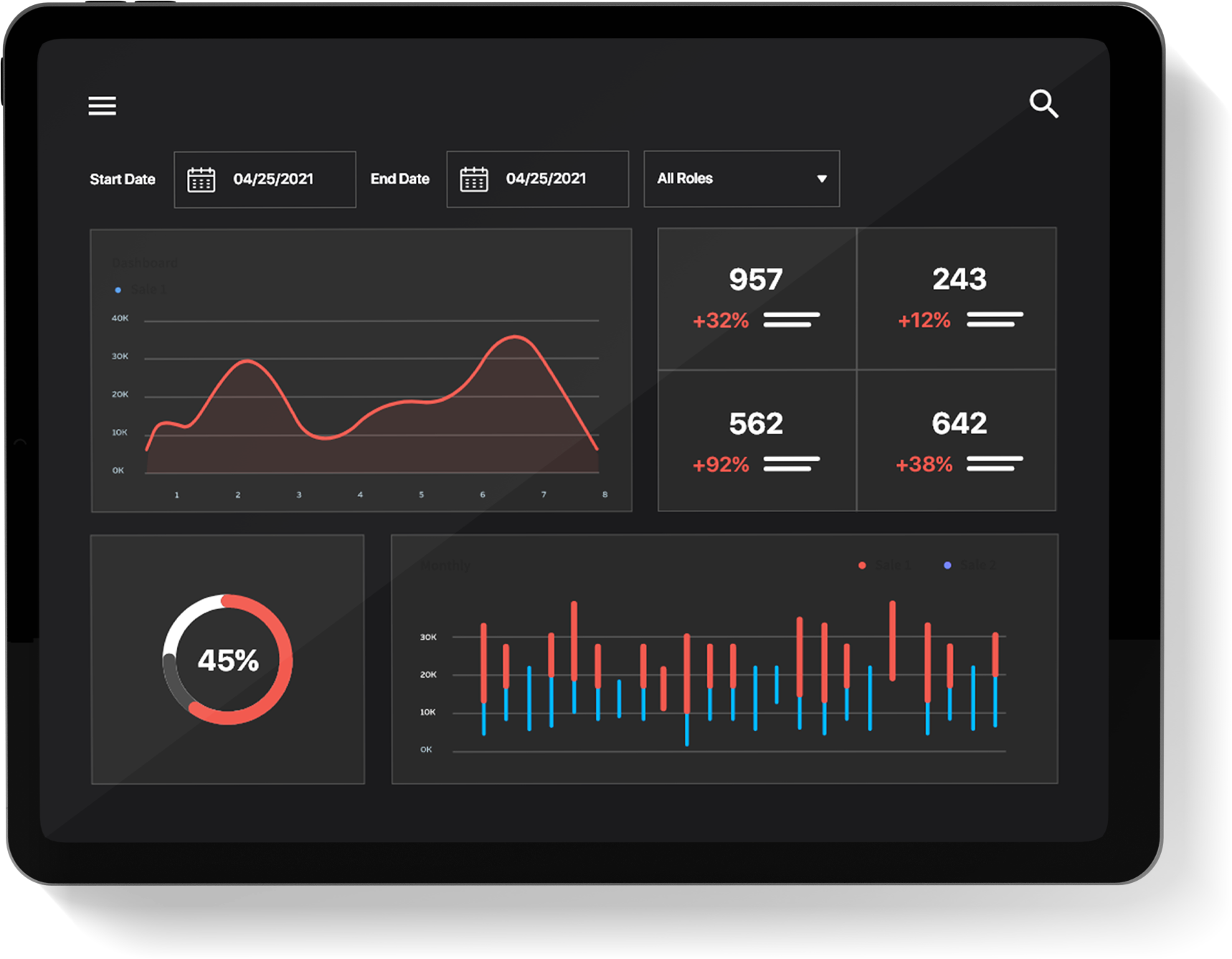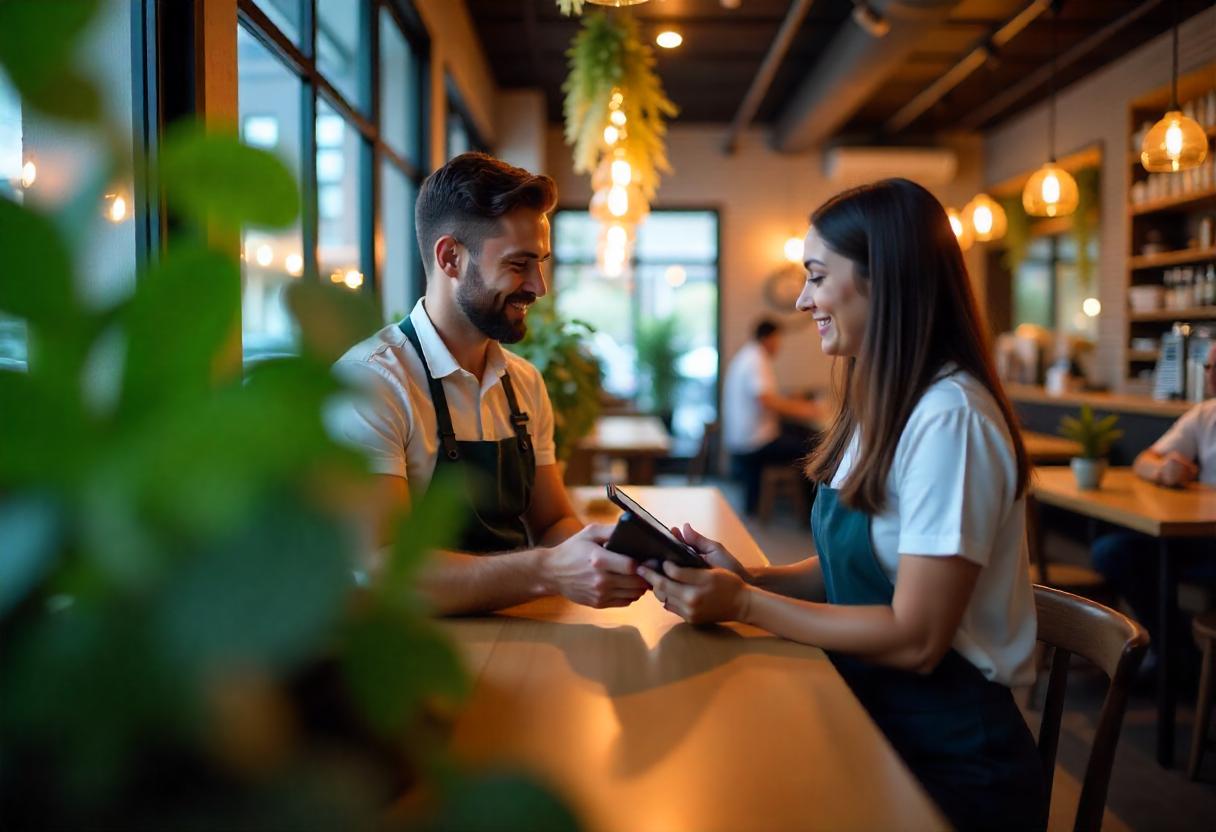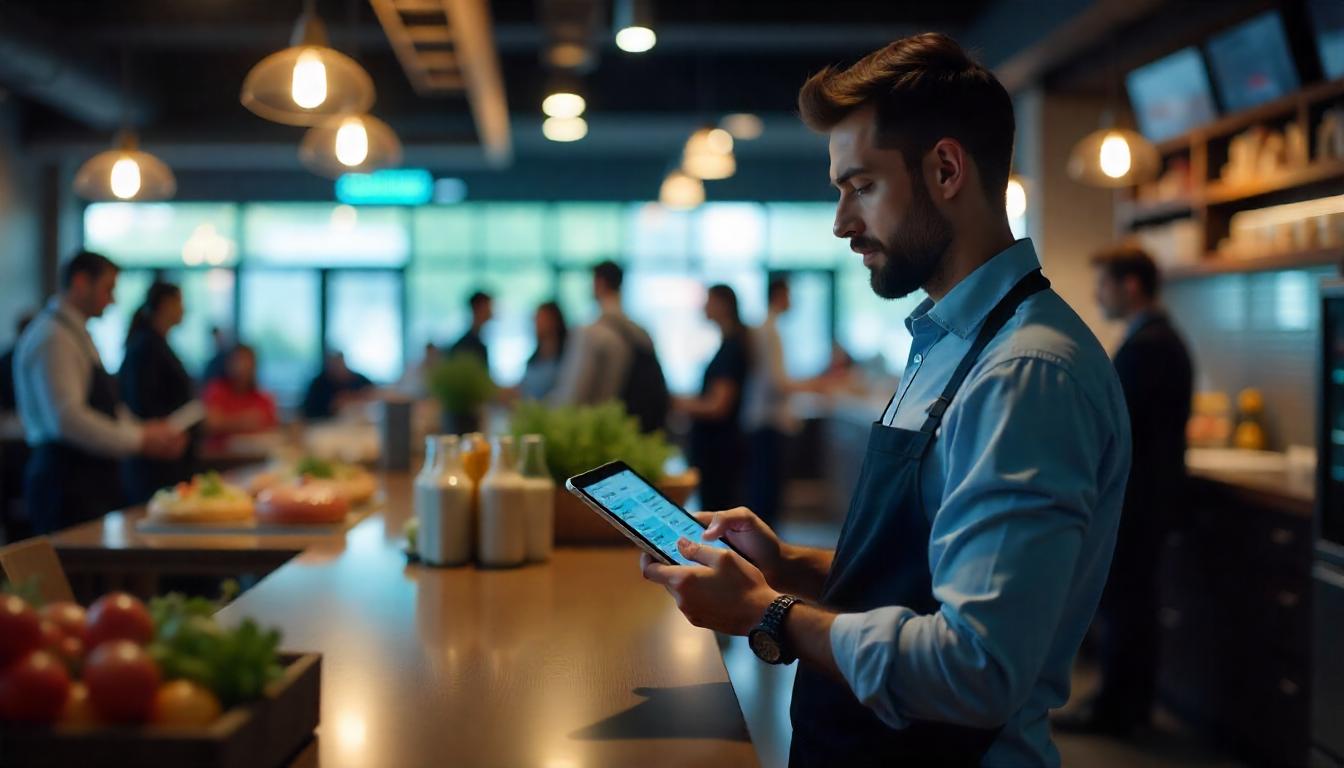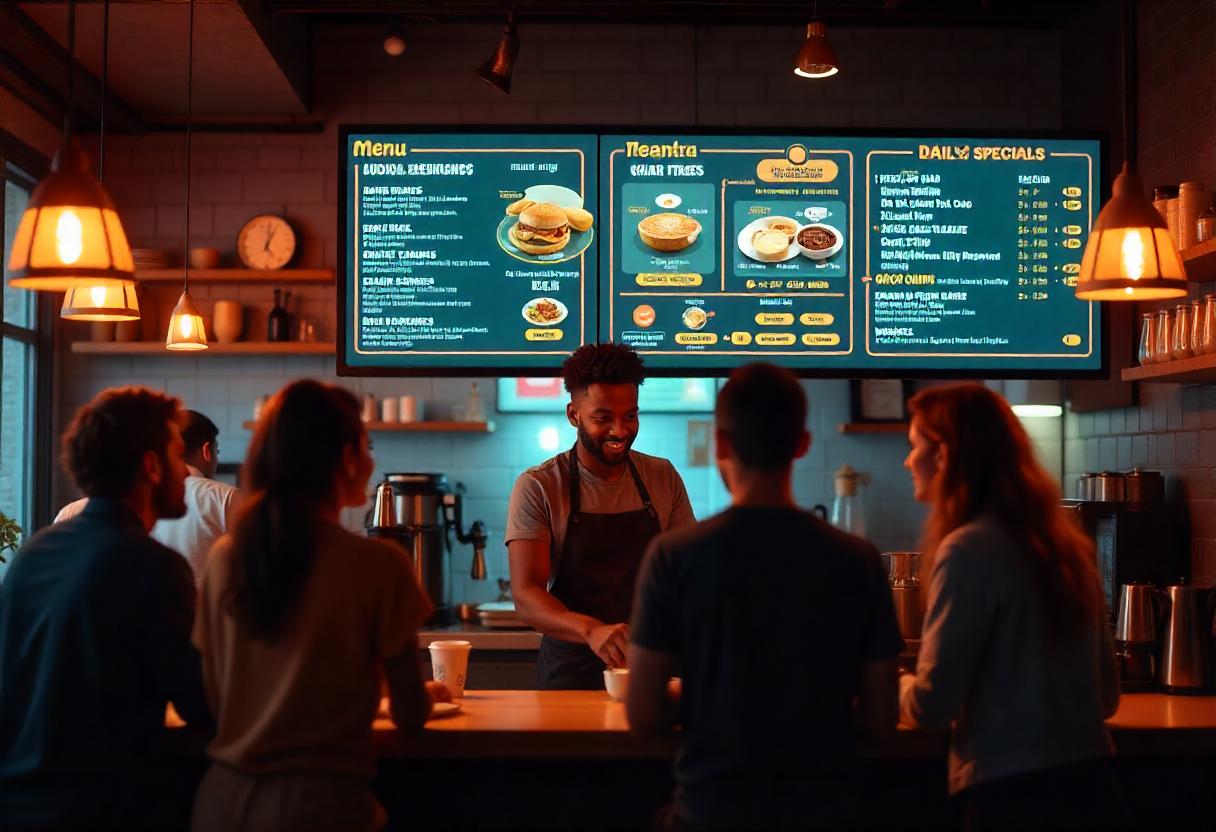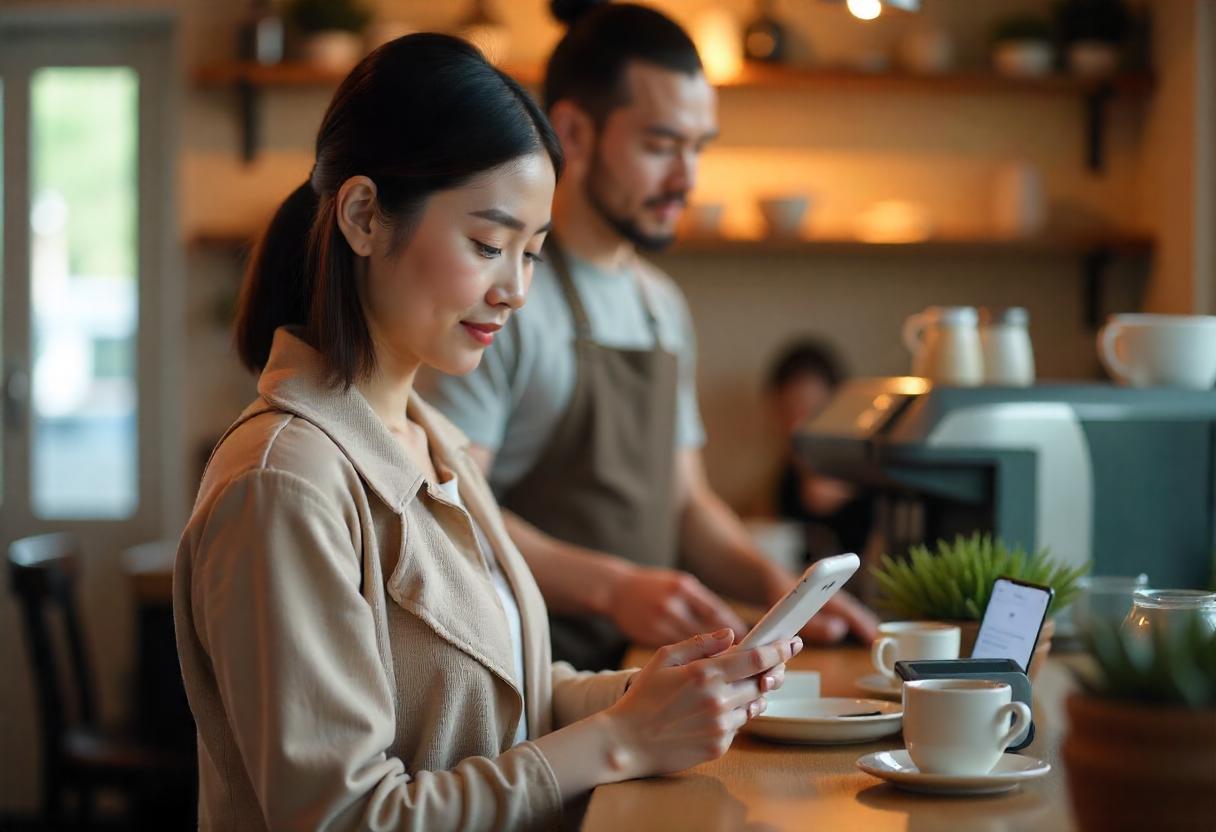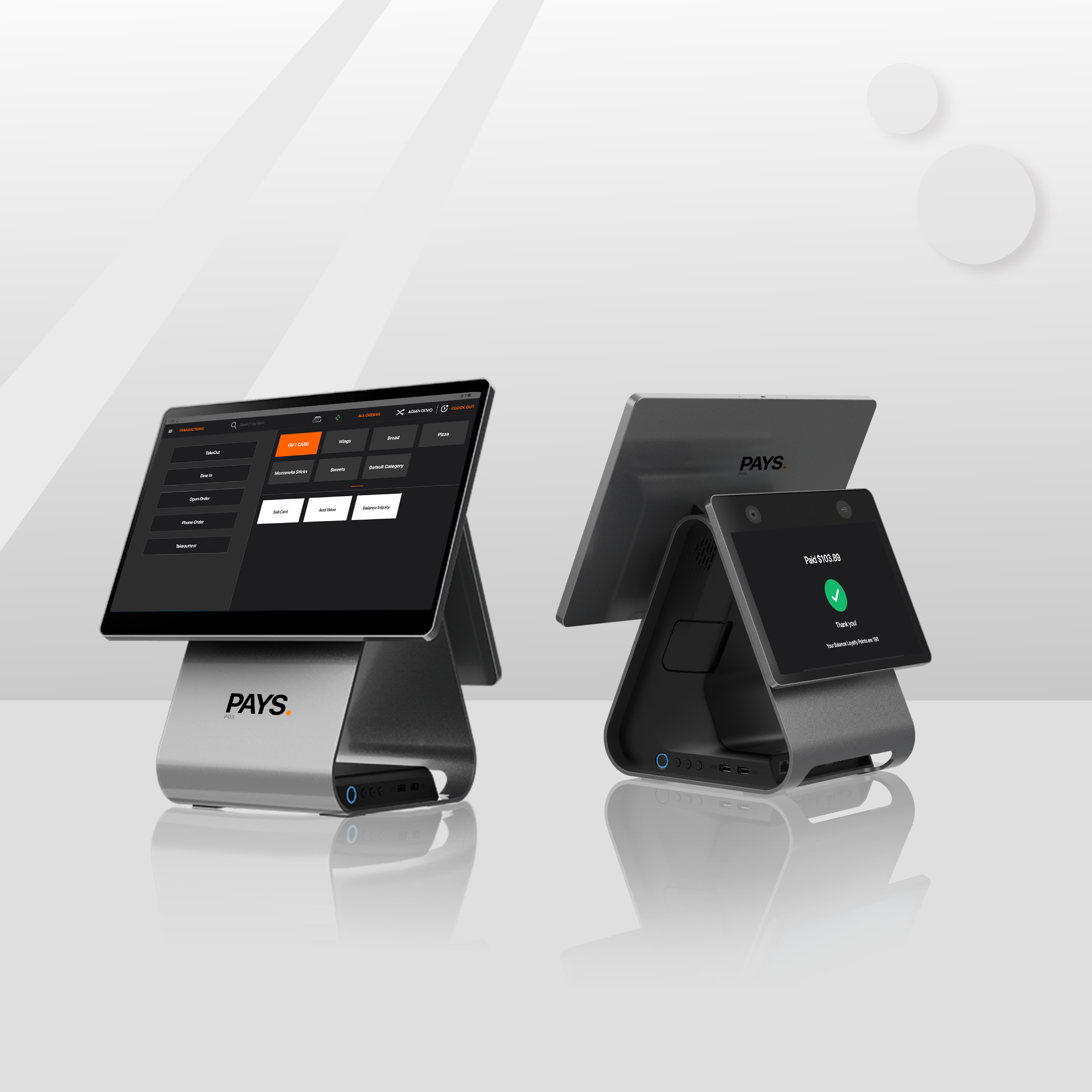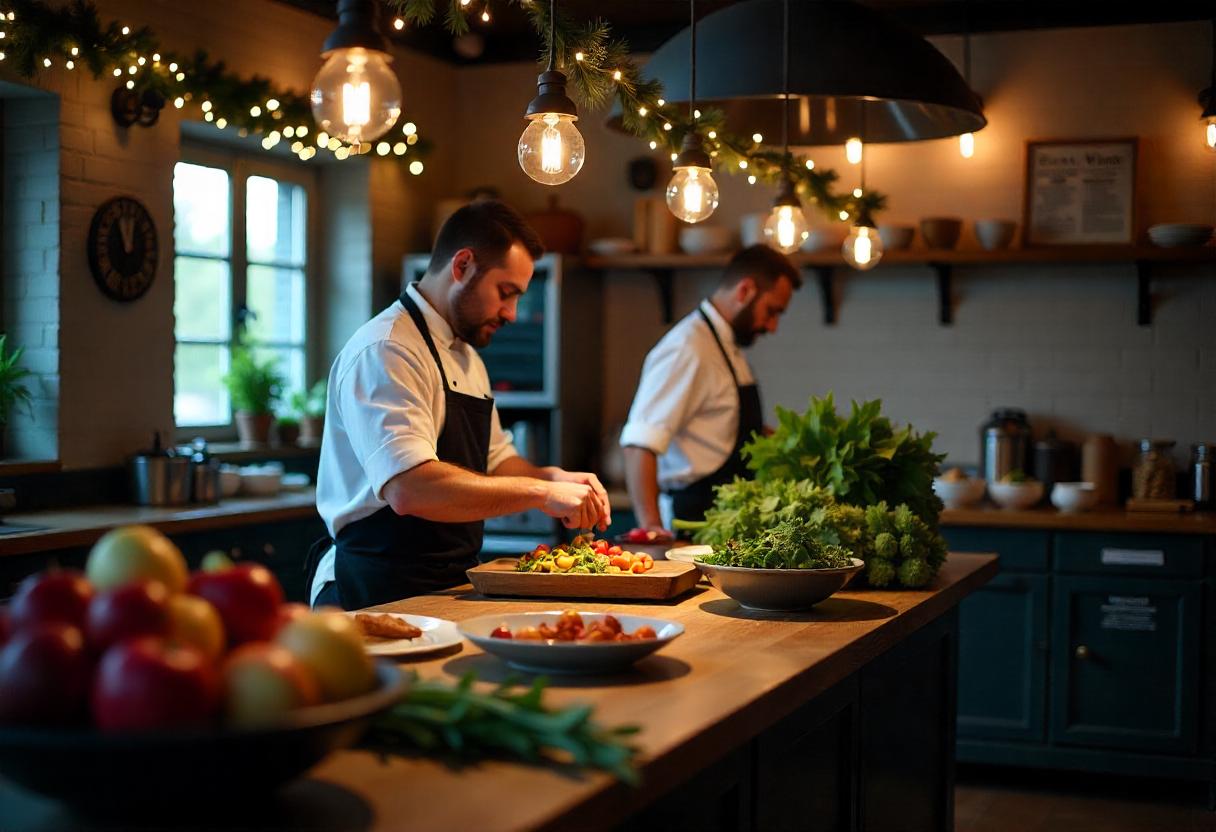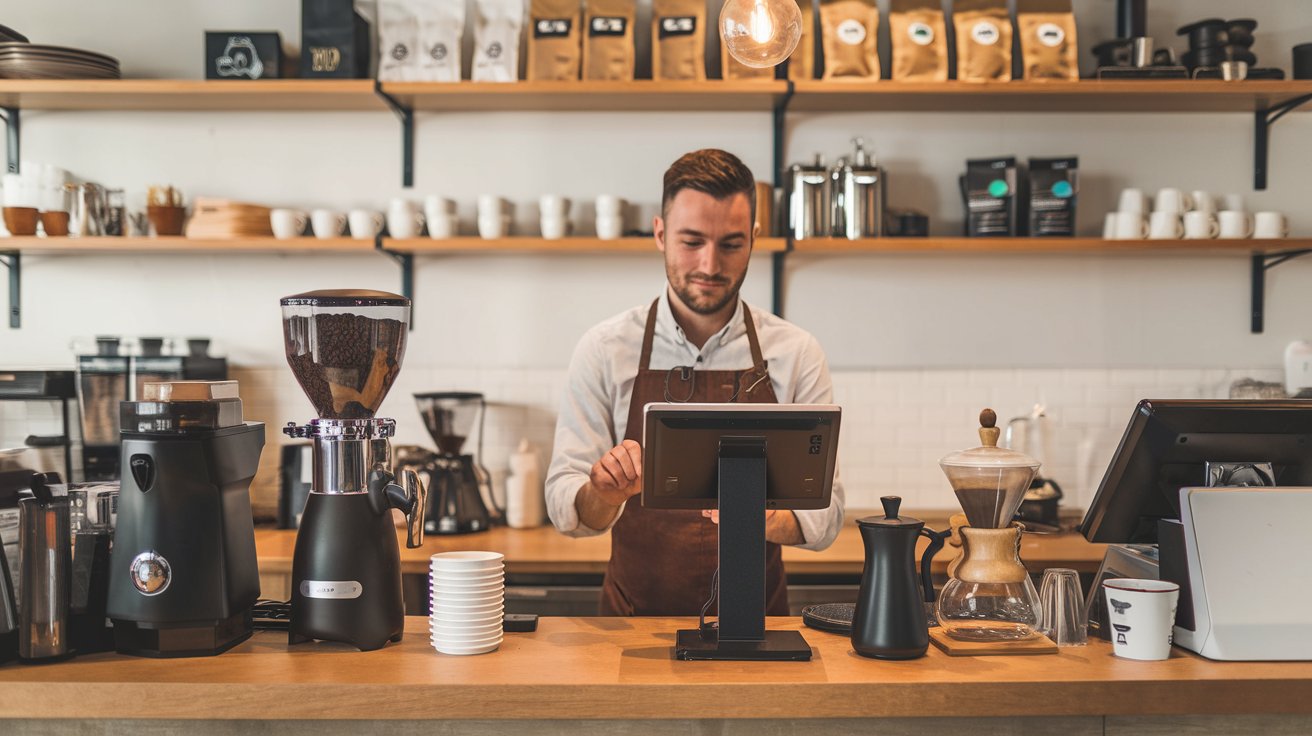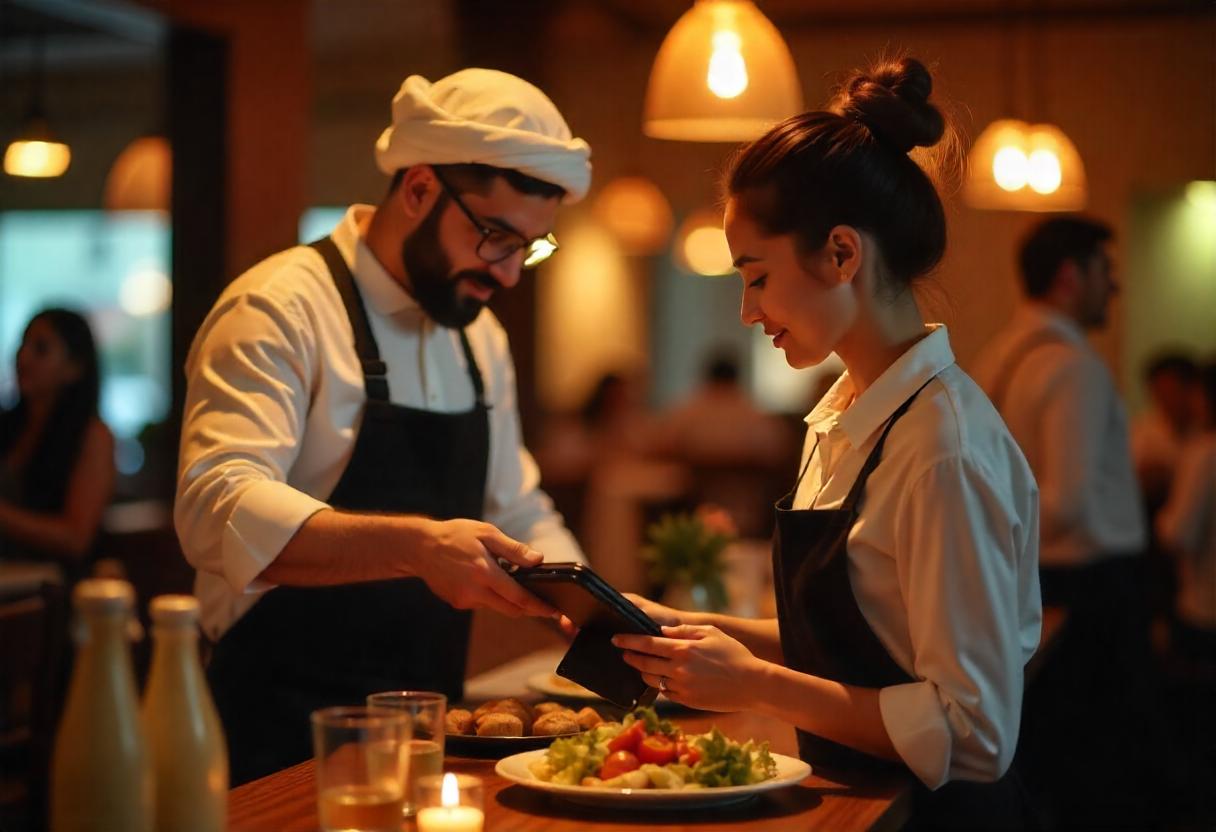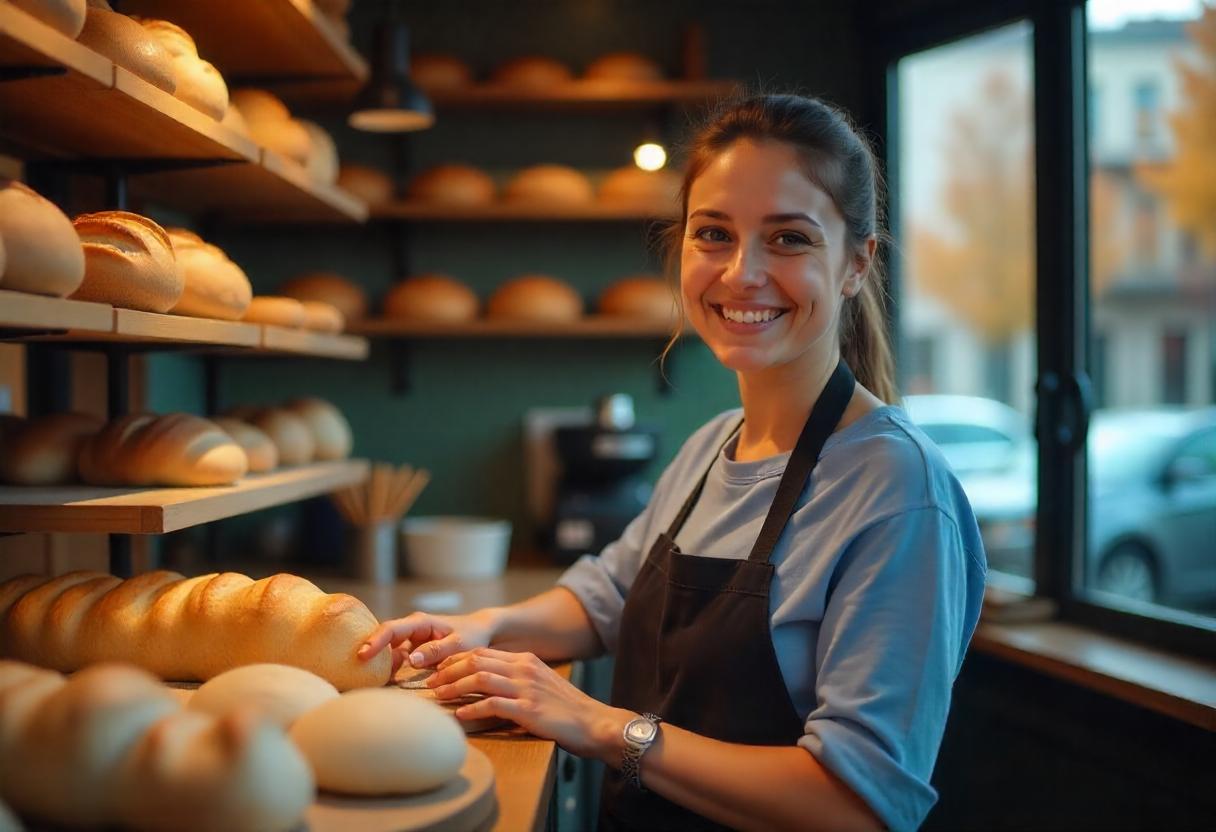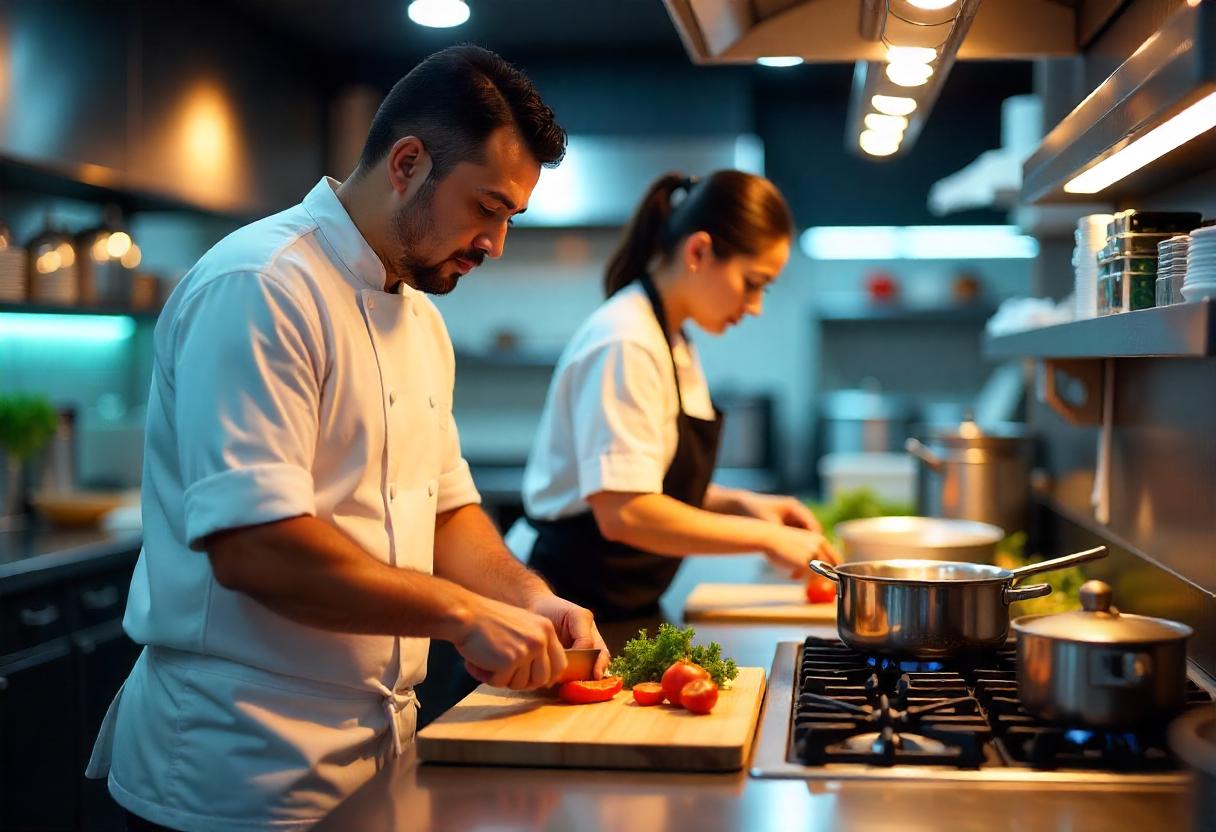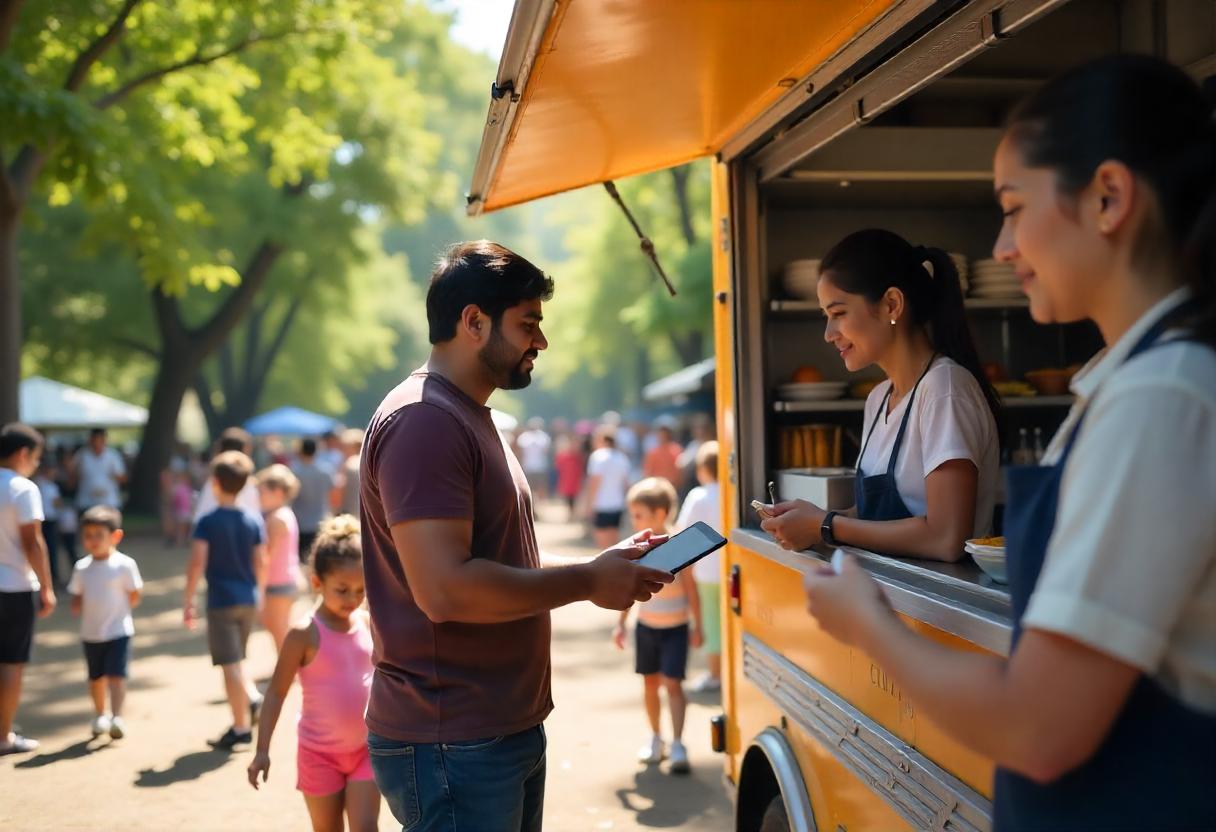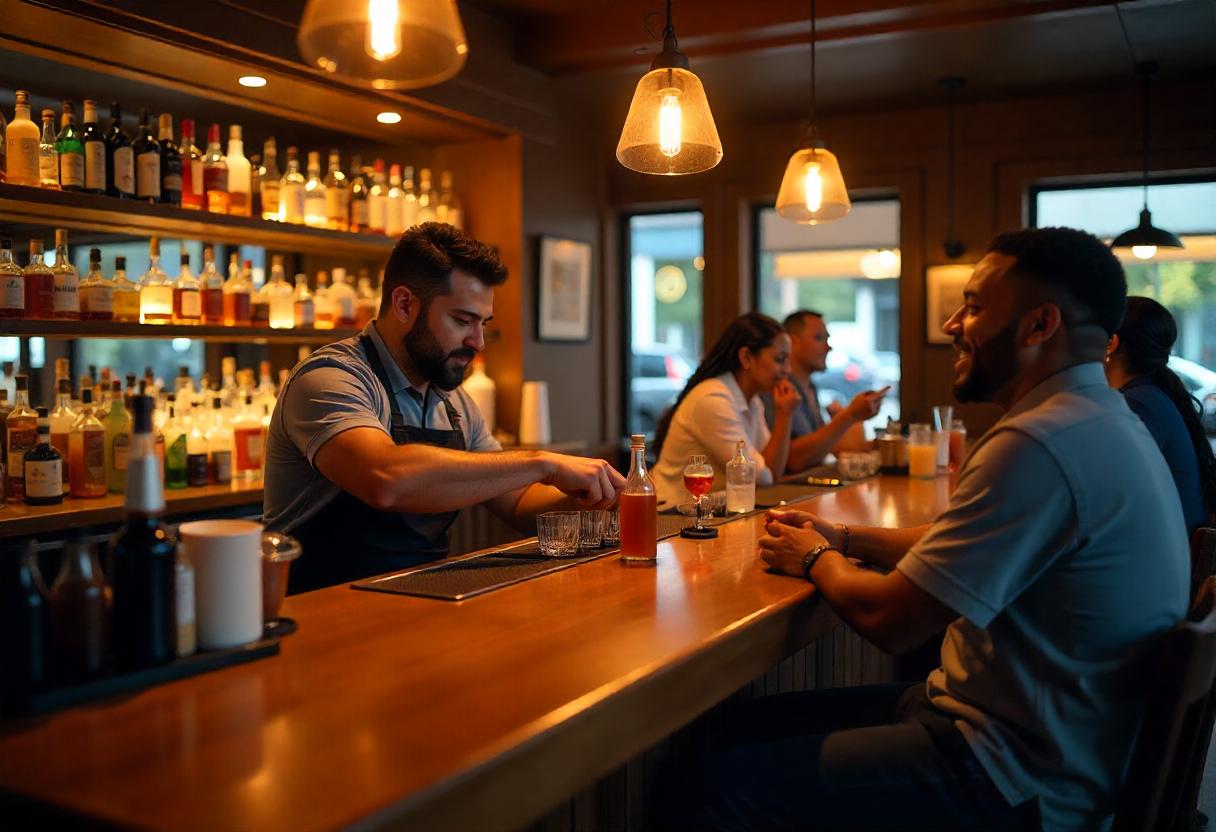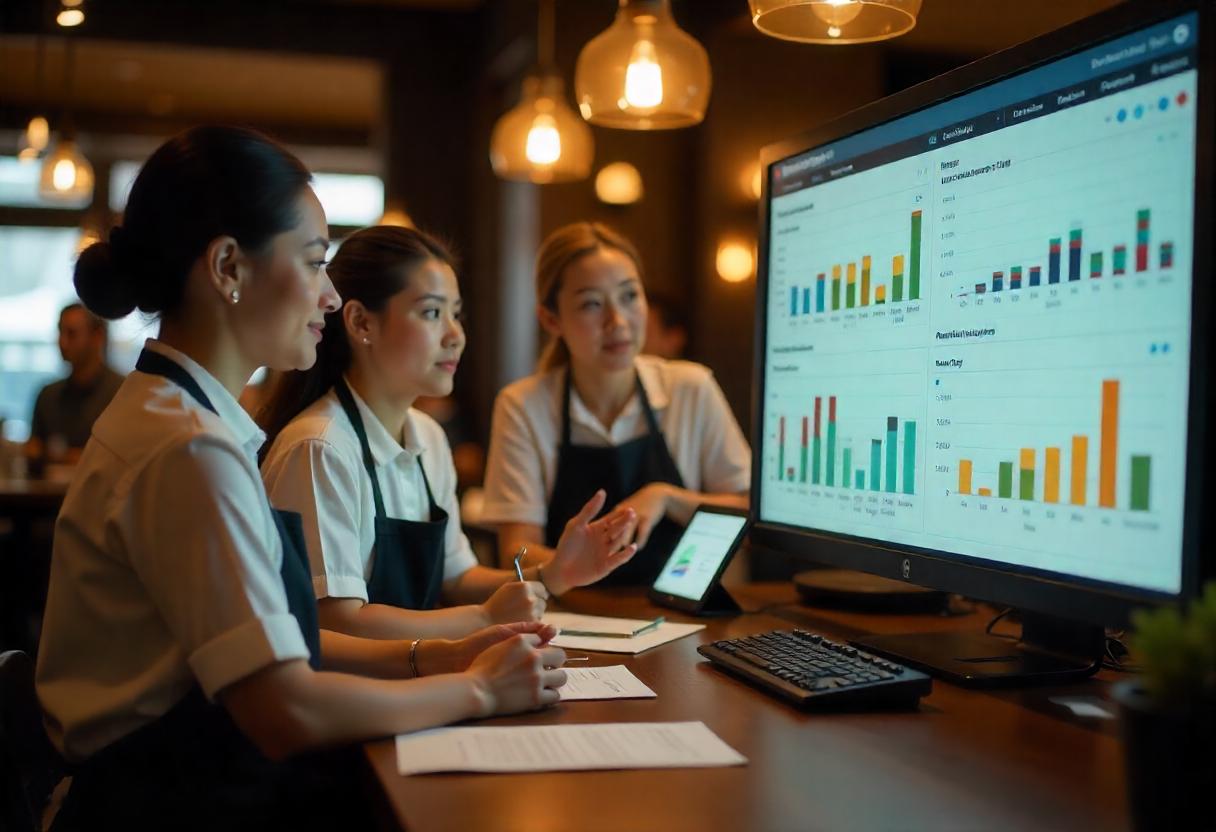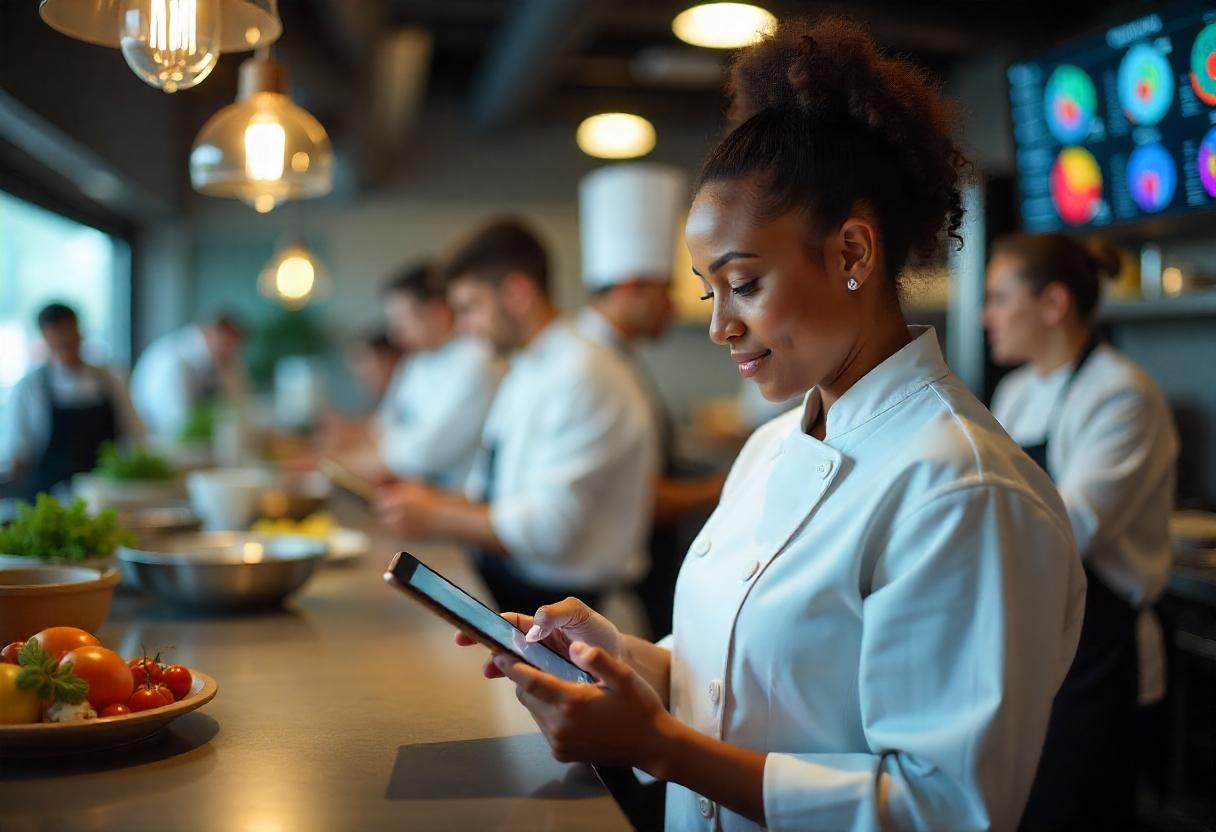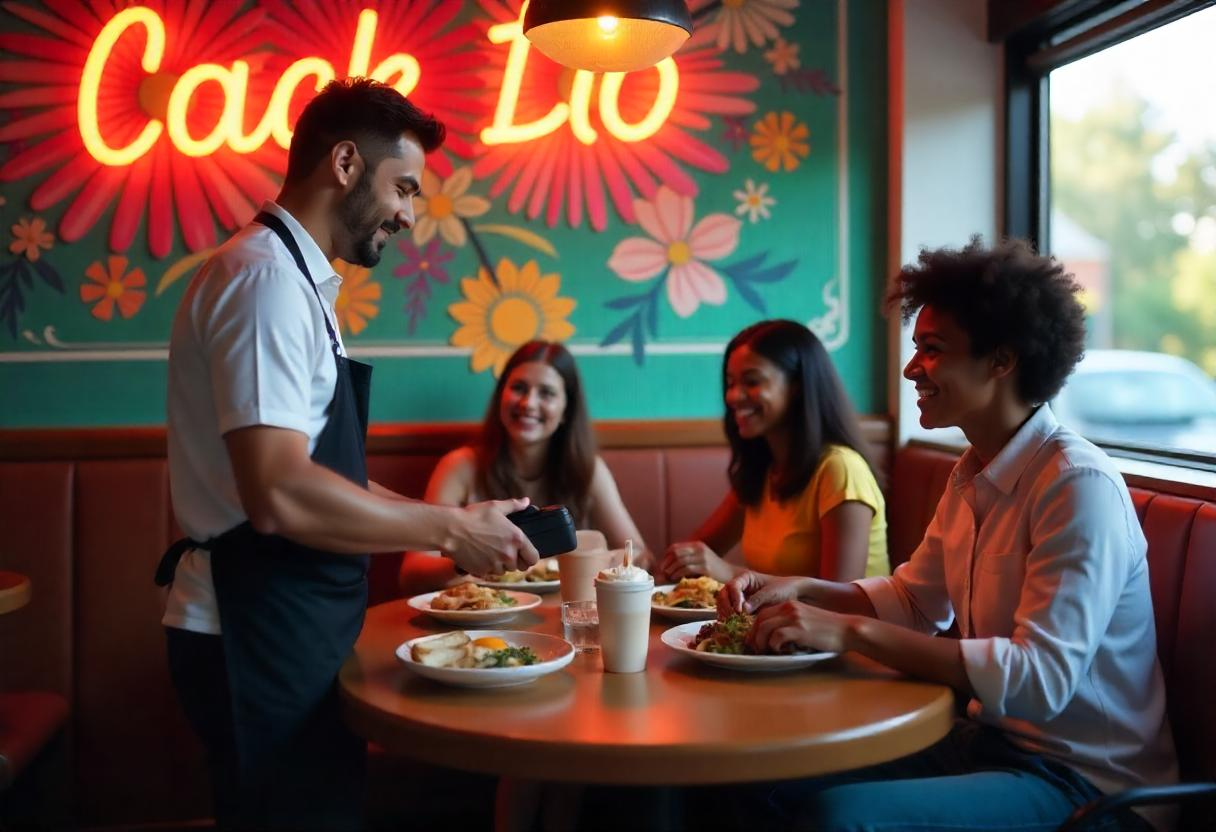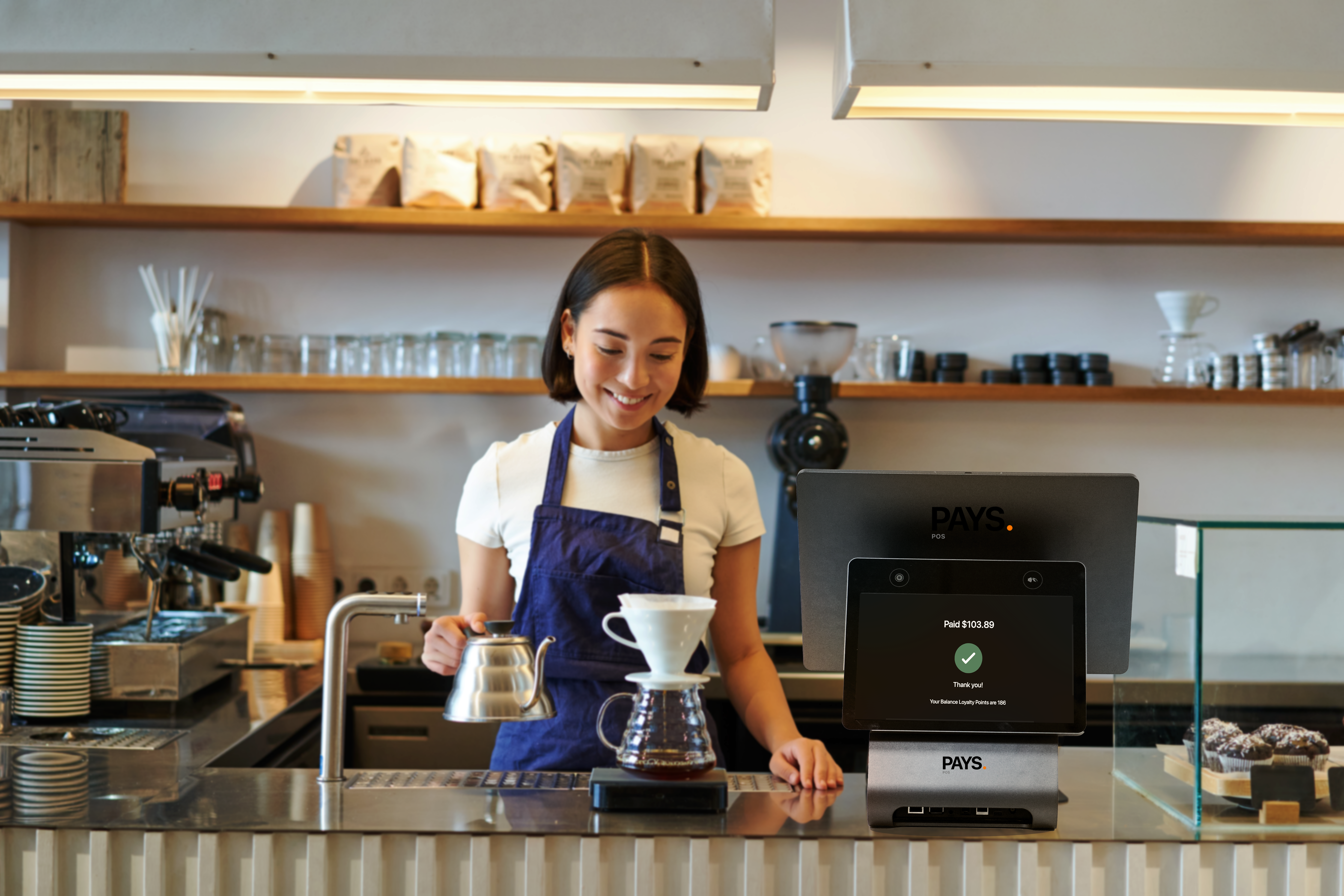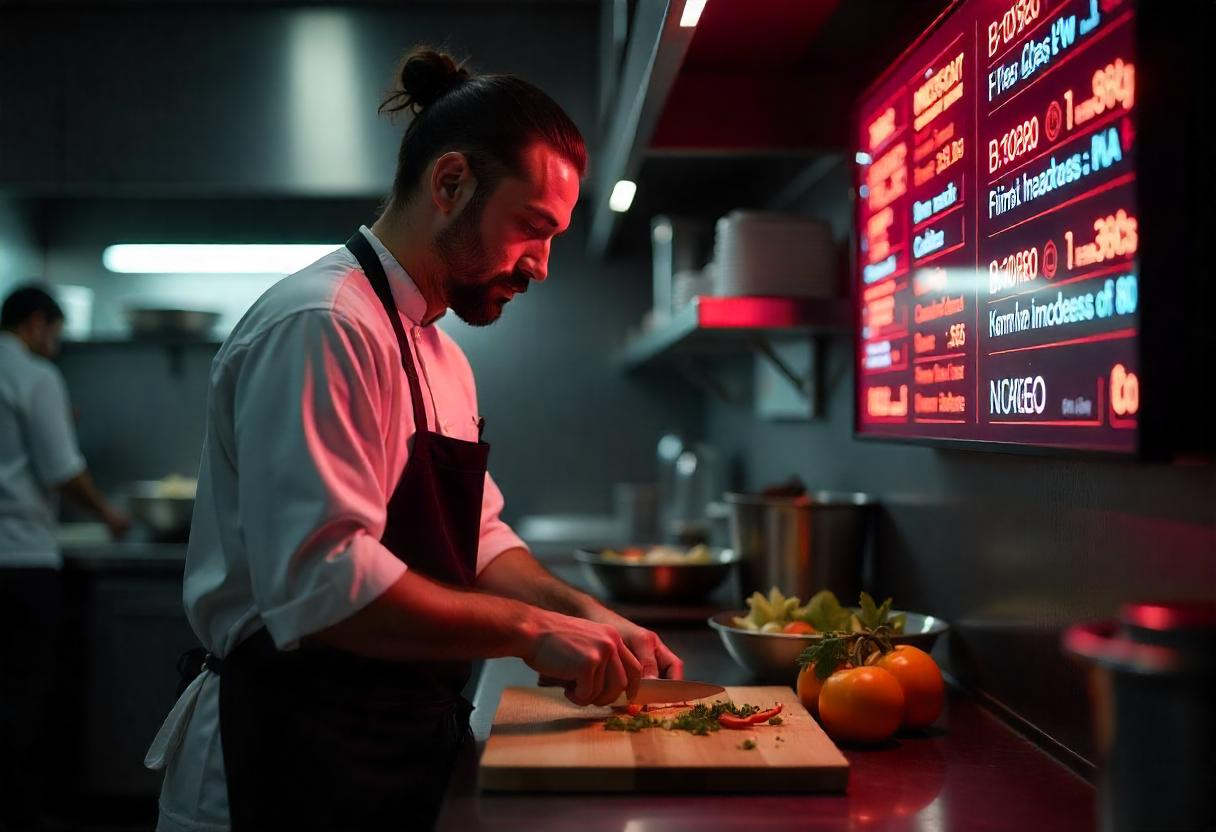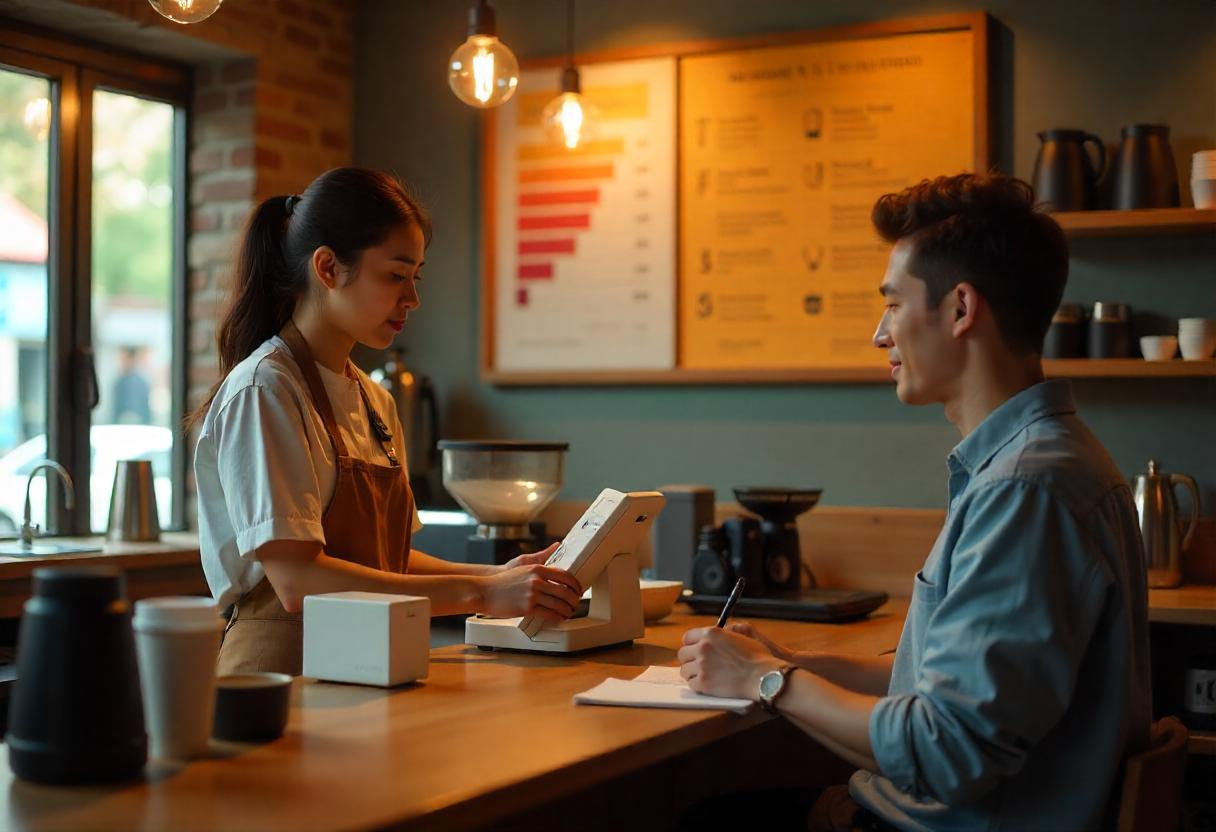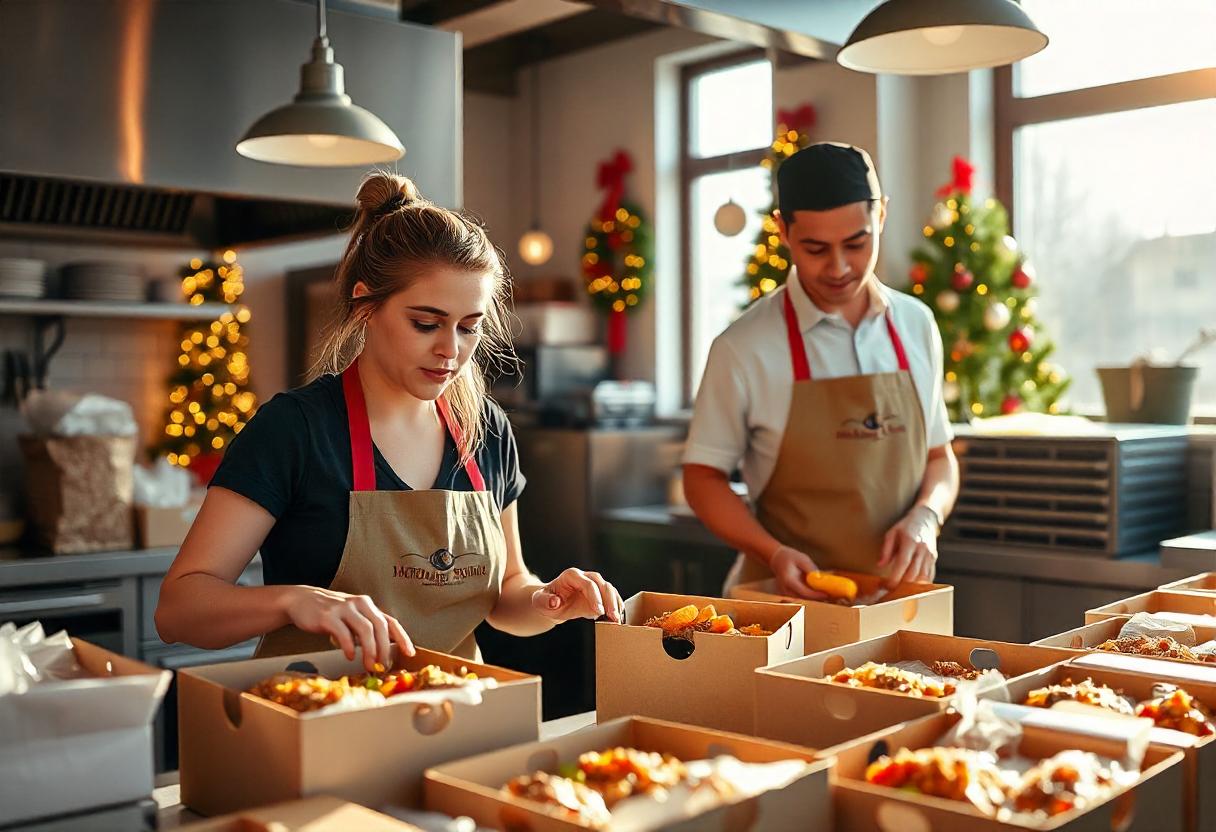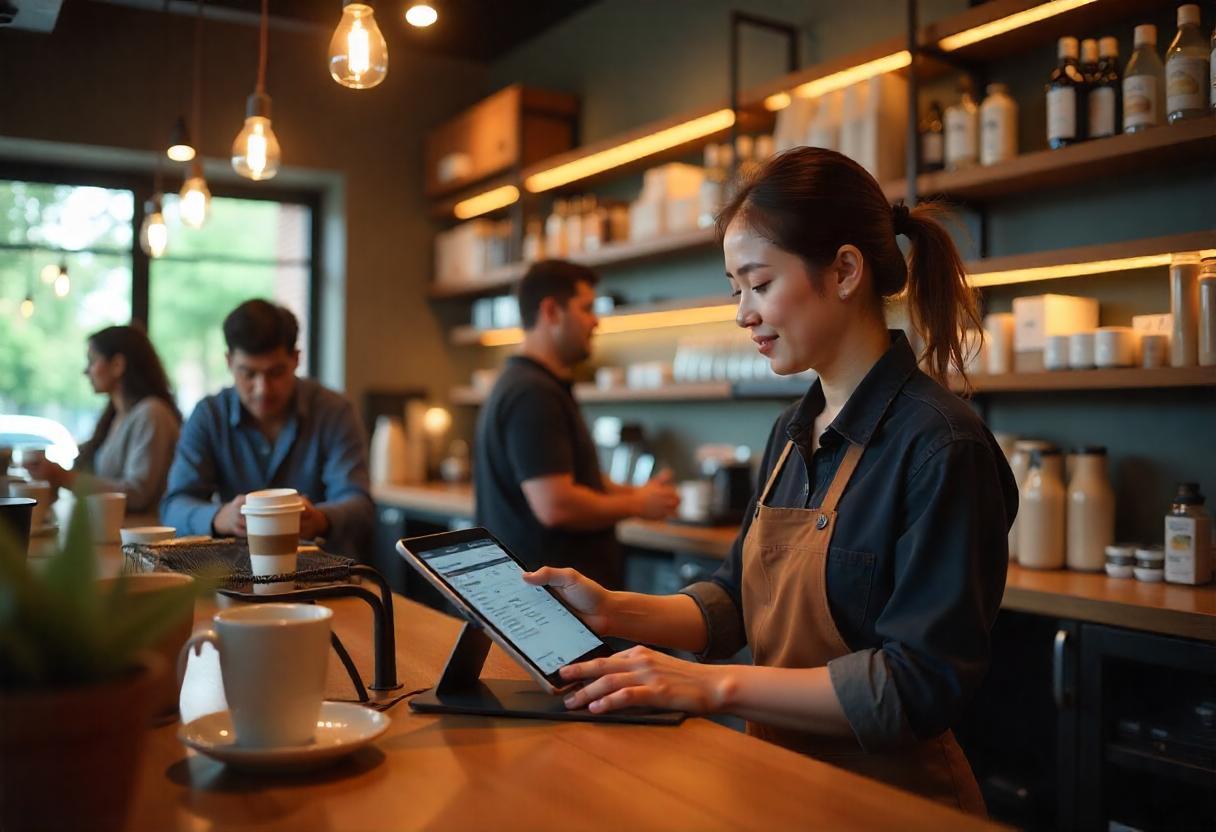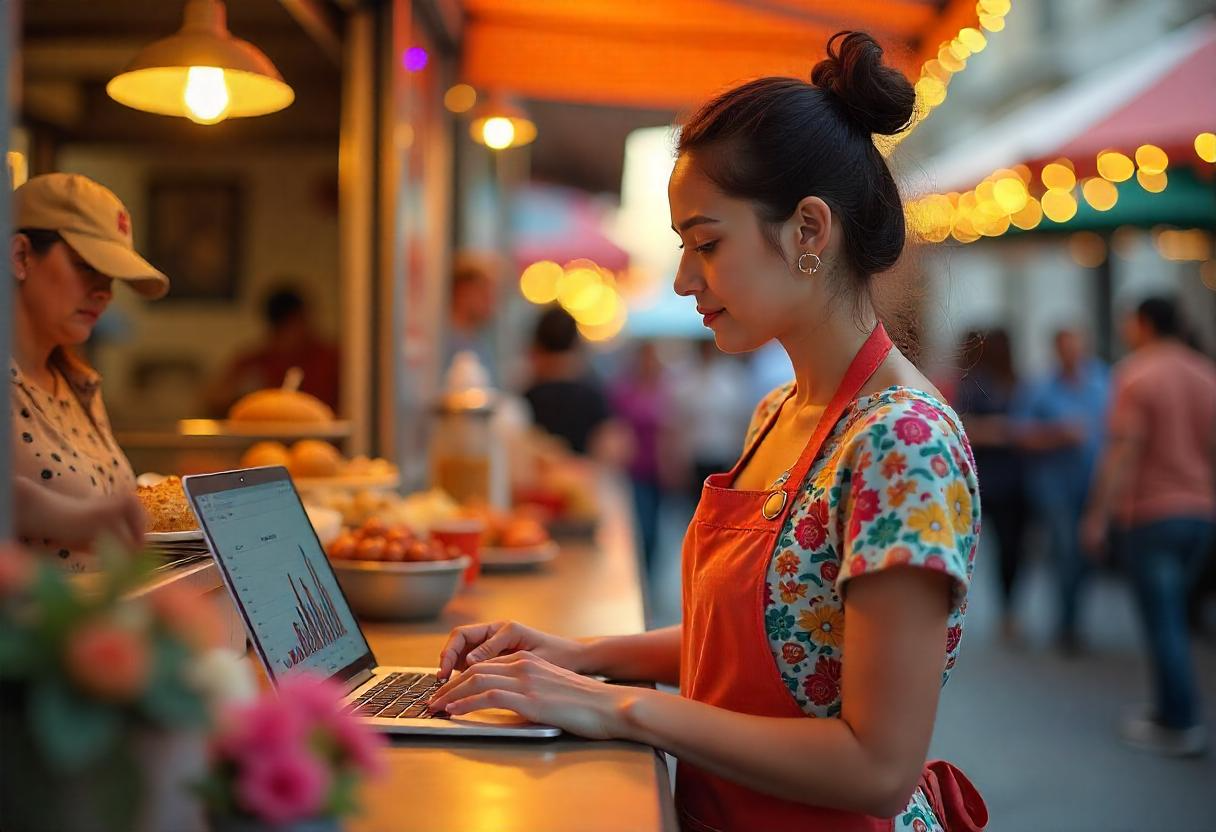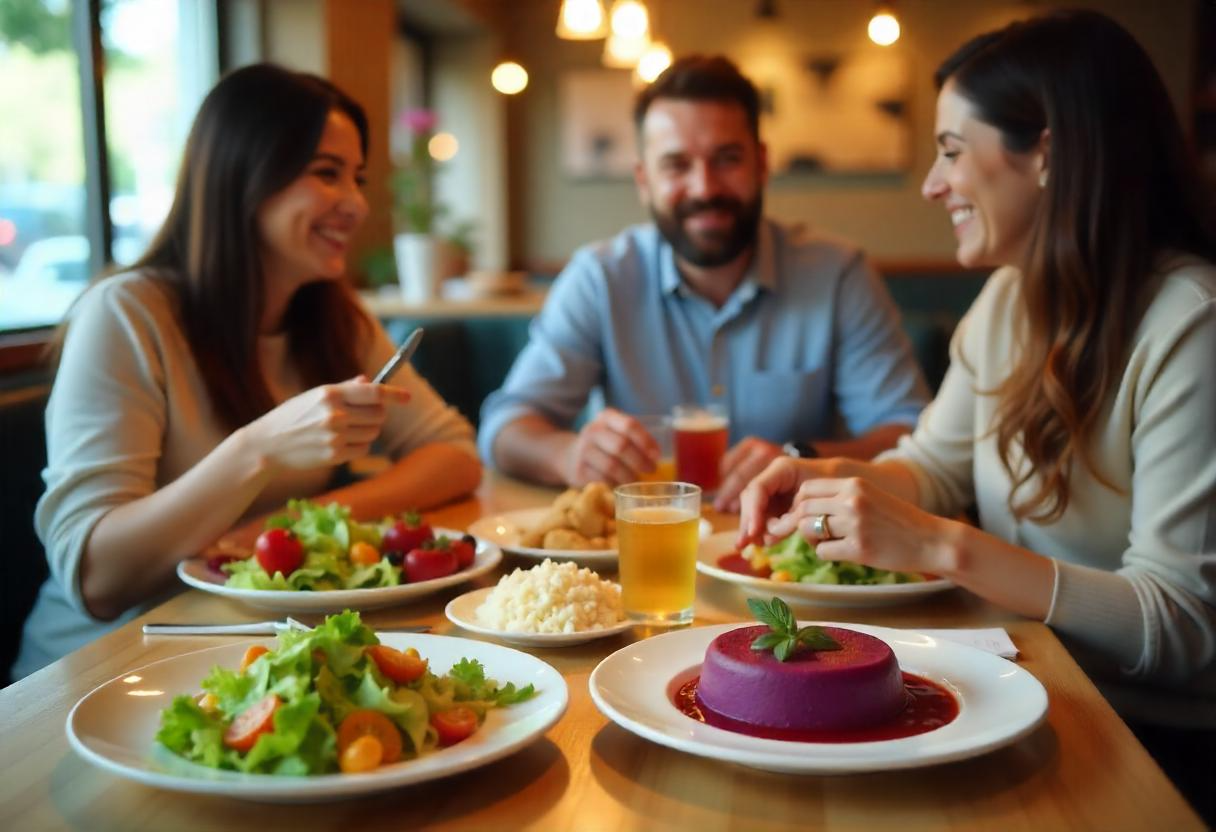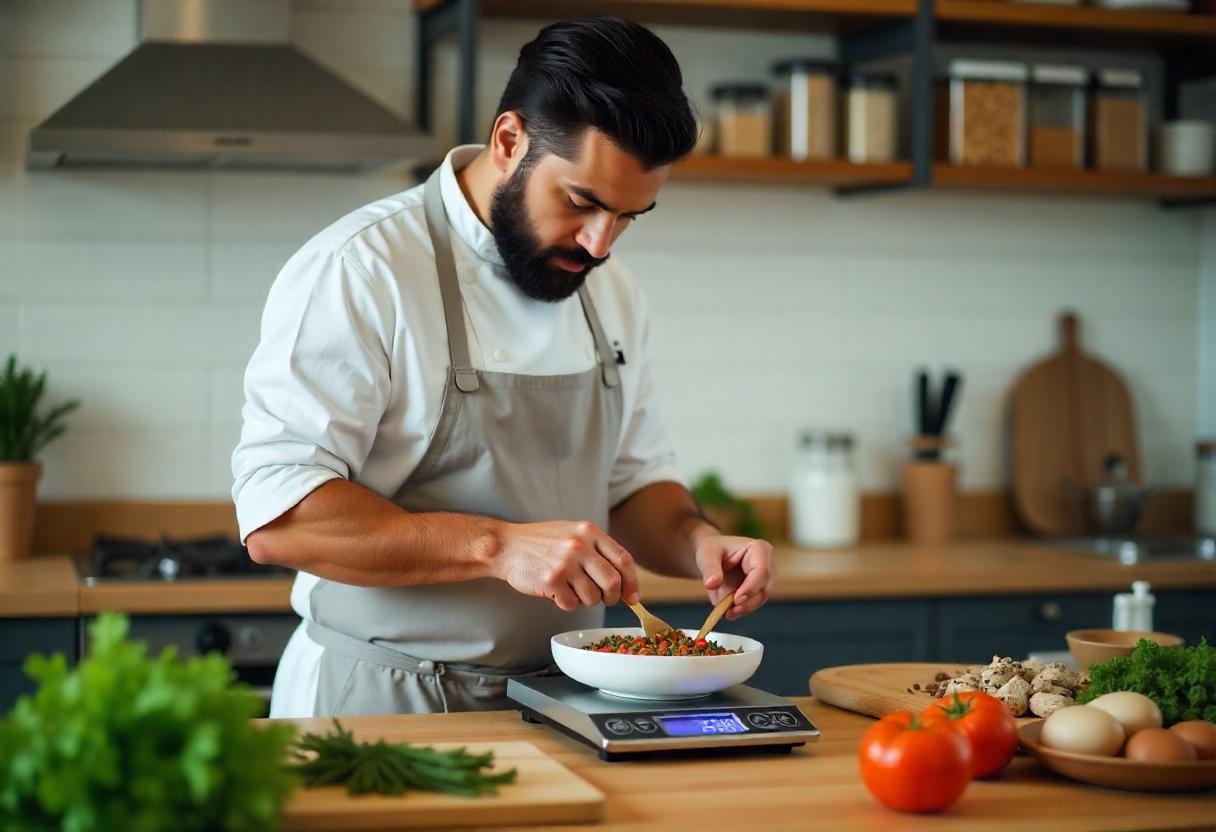Effective pricing of your restaurant food is a real necessity in today’s market. Proper pricing may increase sales, customer satisfaction, and profitability. In this article, we will consider diverse pricing strategies for restaurant menu items, emphasizing key components involved in the pricing exercise. We would also outline why inventory management is crucial and how an optimized POS system can specifically benefit that purpose for Best POS for Pizza Shop.
Food Cost Awareness
What are Food Costs?
Food costs are the total sum of all ingredient costs used to prepare menu items. Knowing food costs is critical in setting menu prices. A restaurant’s food costs can most often be expressed as a percentage of total sales, which can make it easier for restaurant owners to stay profitable.

Calculating Your Food Cost Percentage Best POS for Pizza Shop
To calculate your food cost percentage, you can use the following formula:
Food Cost Percentage= (Total SalesTotal /Food Costs)×100
Food Cost Percentage=Total Sales/Total Food Costs×100
For example, assuming you spent 5,000 dollars on food during the month and you took 20,000 dollars in sales, then your food cost percentage would be;
Food Cost Percentage=(20000/5000)×100=25%
Generally, the food cost percentage of 28% to 35% is the ideal figure in restaurants. This enables you to make proper pricing.
Fixed vs. Variable Costs
Aside from the food costs, there are other costs categorized into fixed and variable:
Fixed Costs: These costs do not change with the level of business activity, such as rent and utilities.
Variable Costs: These change with sales volume which comprises foodstuff as well as labor.
Both types of costs influence your pricing strategy, thus you ought to incorporate them in the menu price.
Factors Influencing Menu Pricing
Ingredient Costs
The ingredient cost is seasonal also as it revolves around the offers and availability of ingredients by suppliers. Be sure to keep an eye on these to properly price your menu. Note:
Seasonal Ingredients: Ingredients could go lower than their norm usually during peak harvesting seasons. For instance, tomatoes are relatively easier to get in summer as compared to winter.
Local Purchasing: One of the cheapest and most local procurements would often be sourced from local farms, but you need to price these costs in your menu.
Quality vs. Cost: High-quality ingredients command a premium price. Customers usually pay for the more freshness, locality, or organic ingredients because these will require an inflated price.

Labor Costs
Labor is one of the critical costs for restaurants. Your pricing system should therefore enable you to recover labor involved in food and beverage preparation and service. Calculate the number of labor hours required to prepare every menu item so that you get a labor estimate to add to your pricing
Wage Rates: Increases in labor wage rates will directly affect the costs of your labor, hence you should appropriate the adjustments to your pricing model.
Preparation Time: Some items are more labor-intensive in preparation; hence, this also should reflect in your pricing. Overhead Costs
Overhead costs: Rent, utilities, insurance, and everything else that keeps your restaurant open. Take your monthly overhead figure and divide it by the number of hours you are open. That’s how much you need to bring in per hour to pay for those overheads. Include that figure in your menu costs.
Lease agreement: Use negotiation time on your lease to try and get some good terms on your lease so overhead costs aren’t destructive.
Utility usage: Beat that utility bill by following all energy-saving practices.
Market Research
Understanding the target market is essential for pricing. Research the competitors in that area. Ensure you collect information on their pricing menus. That will help you competitively price your menu items while still being profitable.
Demographic Analysis: You should know what your target customers’ income levels are, plus what customers prefer to dine in. You don’t want to price it too high as this may deter some of them from coming in. Pricing it too low may be bad for the bottom line.
Competitor Analysis: The menus and prices of your competition are consistently
monitored so that the value provided is always competitive in price.
Ready to enhance your pizza shop’s efficiency? Discover how to run a diner successfully in 2024 with a complete POS system. Read more here.
Customer Perception
Higher price levels are perceived as higher qualities normally. A psychologically advantageous position can be taken by making price points correspond to the perceived values of your offerings. A professionally designed menu with a good description adds even more value.
Value-added Features: Packaging items and extras such as adding sides and drinks, enhance the perceived value.
Menu Design: Attractively use graphics and fonts to create a food menu that will, of course, attract attention.
Menu Design and Pricing Strategy

Balancing your Menu: Best POS for Pizza Shop
Top-margin items should be balanced by popular, lower-margin items. Here is how you should design an efficient menu:
Highlight High-Margin Items: Promote them to the top or middle of a menu so that it may get the most attention. In such a way, customers are likely to order this.
Provide Value: Price in such a way as to create goods to meet different levels of customer wants. Consider combo meals or meal deals as a way to add value.
Seasonal Specialties: Use seasonal foods during demand peaks and charge extra for them. For instance, a summer salad can command a premium price during peak summer months.
Discover how Maximizing Profit Margins: Effective Cost Control Strategies for Restaurants can transform your financial performance
Cost-Plus Pricing
In the old system, the total cost of the prepared dish will be computed and a markup percentage to add profit. For instance, in your assumptions, the dish may cost $5. You are able to put 30% markup, making it $7 on the menu.
Competitive Pricing
This is when you price using the competitors’ pricing. It’s where competition plays an essential role, especially in finding a niche for price-sensitive customers.
You can charge a little more if demand requires, time of day, or season. For example, you can offer discounts during off-peak hours to attract more customers.
Menu Psychology
Apply menu psychology to your advantage when getting people to order certain things. Some of the techniques are:
Charisma Pricing: Apply prices with an extension of .95 or .99 to make things appear to be cheaper (for example, $9.95 and not $10).
Descriptive Language: Use attractive words to create an imagination of the dish above the head of each meal, thereby creating a perceived value. For example instead of “grilled chicken,” it is already “locally sourced, marinated grilled chicken with seasonal vegetables.”
The Role of POS System in Pricing
How a Smart POS system can help systems
Also, it will play a fundamental role in restaurant management and pricing tactics while serving well for Best POS for Pizza Shop as these ways follow:
Inventory Management
Proper inventory management is quite crucial in maintaining the right food cost. The strong POS will keep checking your amount of inventory along with monitoring ingredient usage and remind you when it’s time to order again. It avoids overstocking but retains what is necessary on the shop.
You have an instant insight into which ingredients need restock so that you can adjust your ordering and have all of your recipes ready with real-time inventory tracking.
You reduce unnecessary wastage through food waste monitoring, which identifies areas where improvement is required.
Sales Reporting
A good POS system will also give valuable sales data for pricing decisions. Analyze sales trends to understand which menu items are winners and losers. Use the data to raise prices, recommend high-margin items, and kill underperformers.
Daily Reports: Run daily sales reports so you can see what’s moving and what’s not, which is popular on the menu.
Performance Metrics: You want to track performance on specific dishes to determine if you need to tweak prices.
Control Cost
With a kitchen POS system you can track real-time food costs, making good pricing decisions.
A system that can analyze ingredient costs, portion sizes and waste can give insights into how costs can be minimized without compromising on quality.
Portion Control helps in having uniform servings and minimizing wastage.
Recipe Management Manage your recipes and ingredient quantities directly with the help of the POS system. This will ensure that you always calculate the cost accurately
Looking for the top POS solutions to elevate your pizza shop? Check out our comprehensive guide on the Top Best Restaurant POS Systems in 2024 to find the perfect fit for your business. Explore now

Customer Insights
A smart POS system can collect customer data and preferences, enabling you to tailor the menu as well as the pricing strategy.
Know customer behavior and act in accordance to their requirements and modify your offers accordingly to meet their requirements.
Loyalty Programs: Loyalty programs that reward repeat customers, increase sales of new items on the menu, and drive repetition in business
Feedback Collection: Use customer feedback in tweaking your menu and altering prices based on what they prefer to purchase
Changing Prices Over Time
Periodic Price Check
Cost Fluctuations: In some areas, you will notice fluctuations within the market that would affect the cost of your ingredients. These include supply chains and demand shift
Customer Preferences: Watch for a change in customer’s preferences and tastes; alter your menu to include their new favorite items.
Price Message
When you have to raise prices, give your customers good news: Let them know. Some ways to do this include:
You should also consider developing a review schedule for your menu prices. In case ingredient costs are changing, market or customer trends might leave you no choice but to adjust. Consider reviewing your pricing strategy every quarter or every six months to keep it aligned with the latest conditions of the market.
Pointing to Quality Enhancements: If you have enhanced ingredients or enhanced your menu offerings, use those enhancements as a good reason why prices will be going up.
Special Events : Use special events as an opportunity to introduce a price increase and talk about what’s different with the meal experience. For example, if you’re rolling out new seasonal menus, frame the increase in price as part of the meal experience.
Try short-term offers or promotion specials to gently nudge people in on the new prices. This allows you to give your customers a sampling of your menu at the old prices before changing to the new prices.
Happy Hour Offers: Offer discounts at certain times to capture more during those times without establishing that price permanently.
Bundle Offers Group items together and create value at a lower price than buying individual articles separately. This guarantees that more people order multiple dishes.
Conclusion: Be Flexible with Prices
Successful restaurants in this competitive restaurant market environment are all about pricing strategies. Knowing your costs, doing your market research, and using smart pricing strategies will help you set prices that drive profitability but keep the customer coming.
A dynamic POS system for pizza shops will streamline your operations and be able to help you concentrate on creating great dining experiences. It provides flexibility and frequent review of pricing strategies that are constantly adjusting with changes in the market, thus ensuring long-term success for the restaurant.

